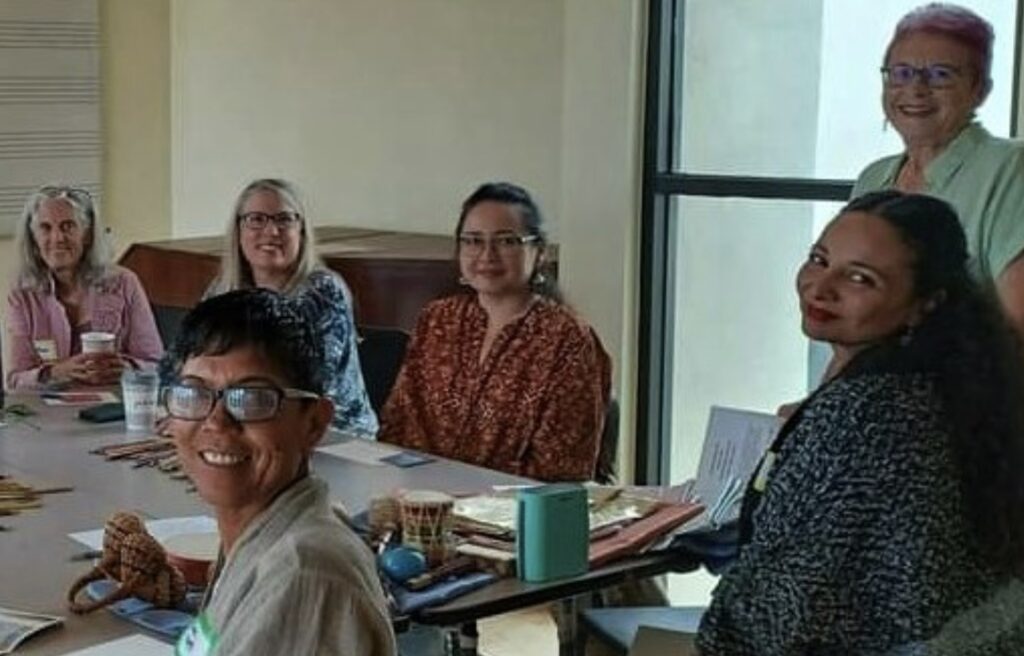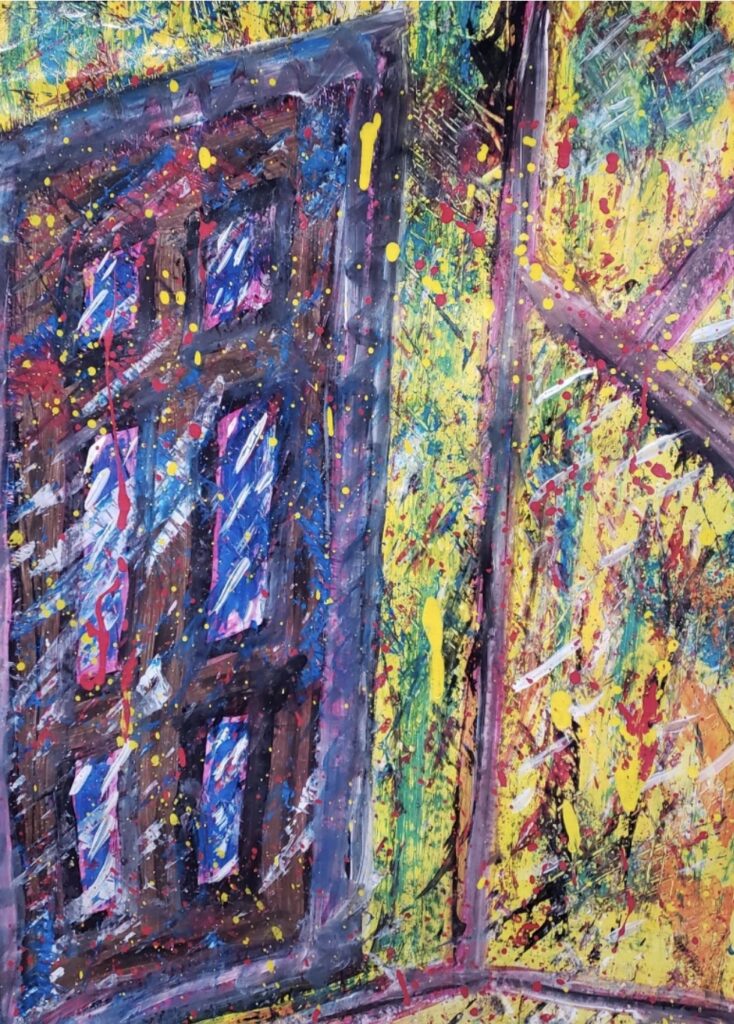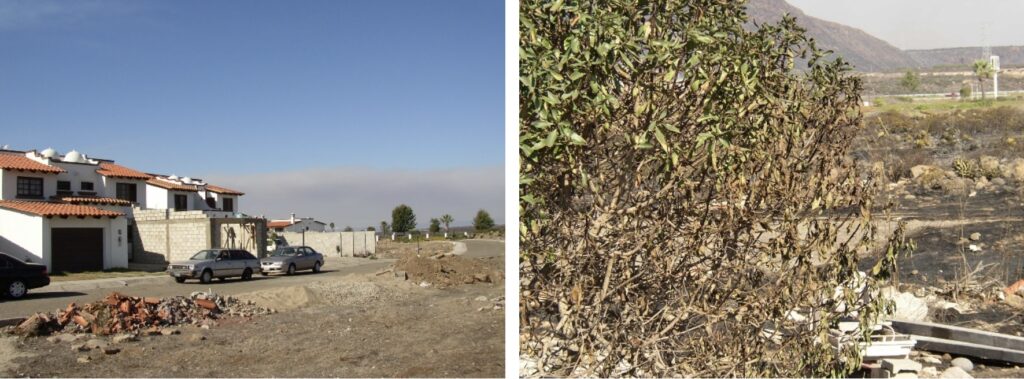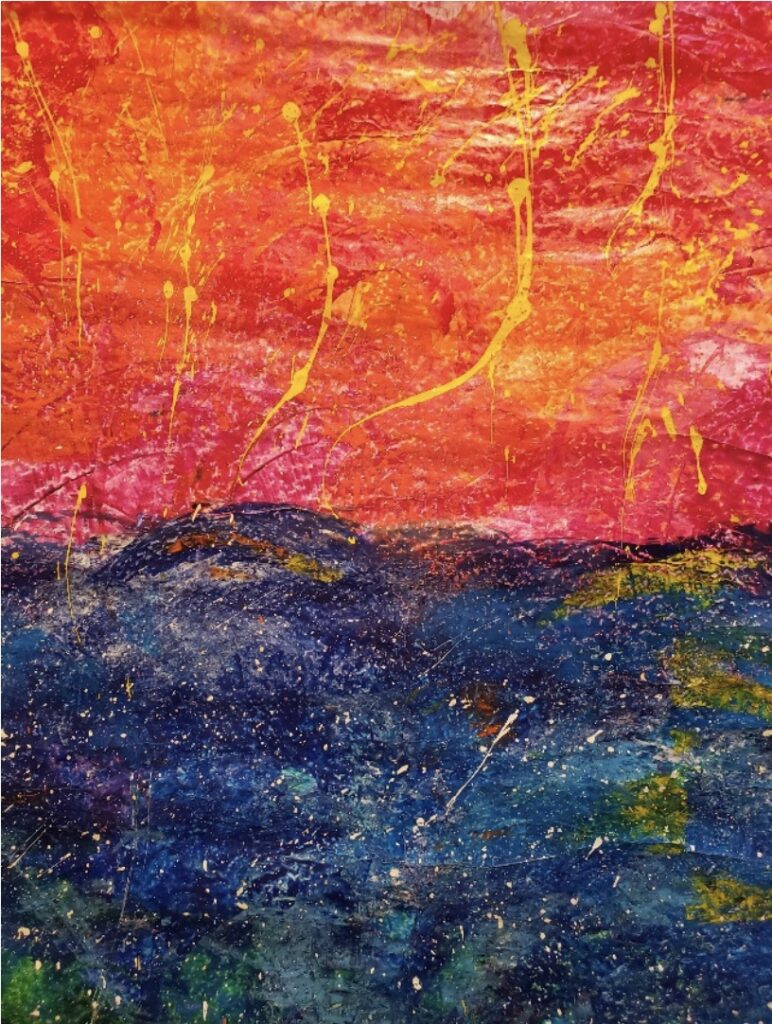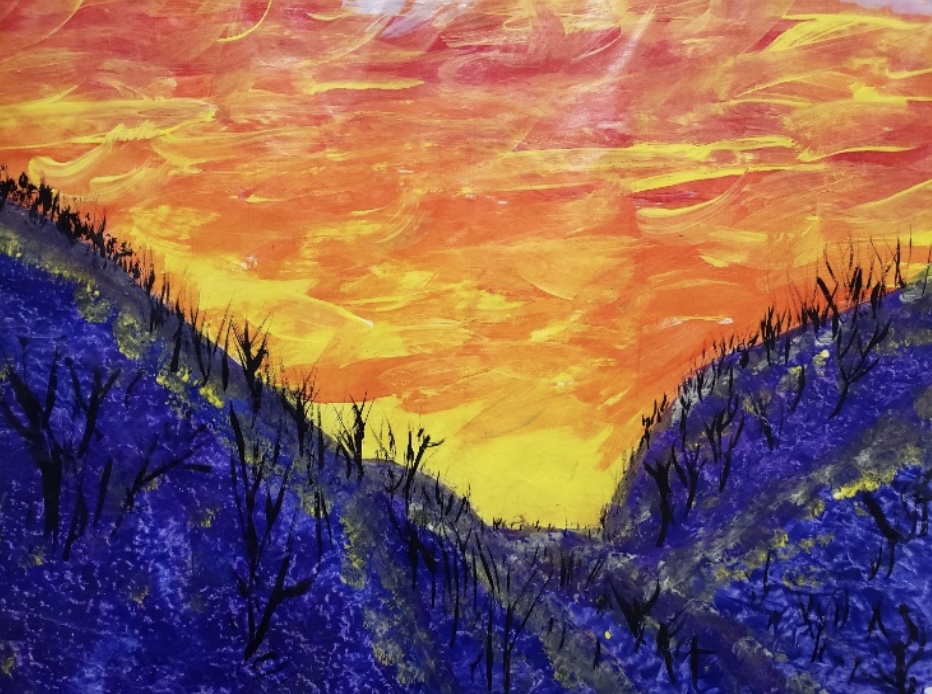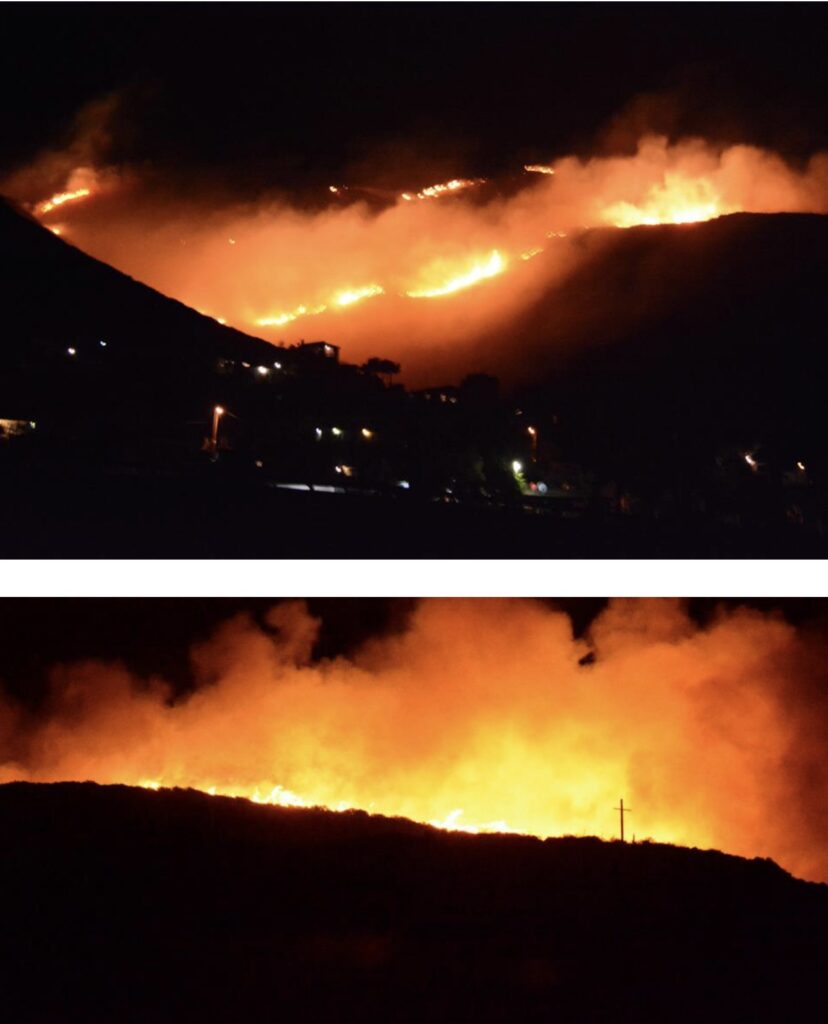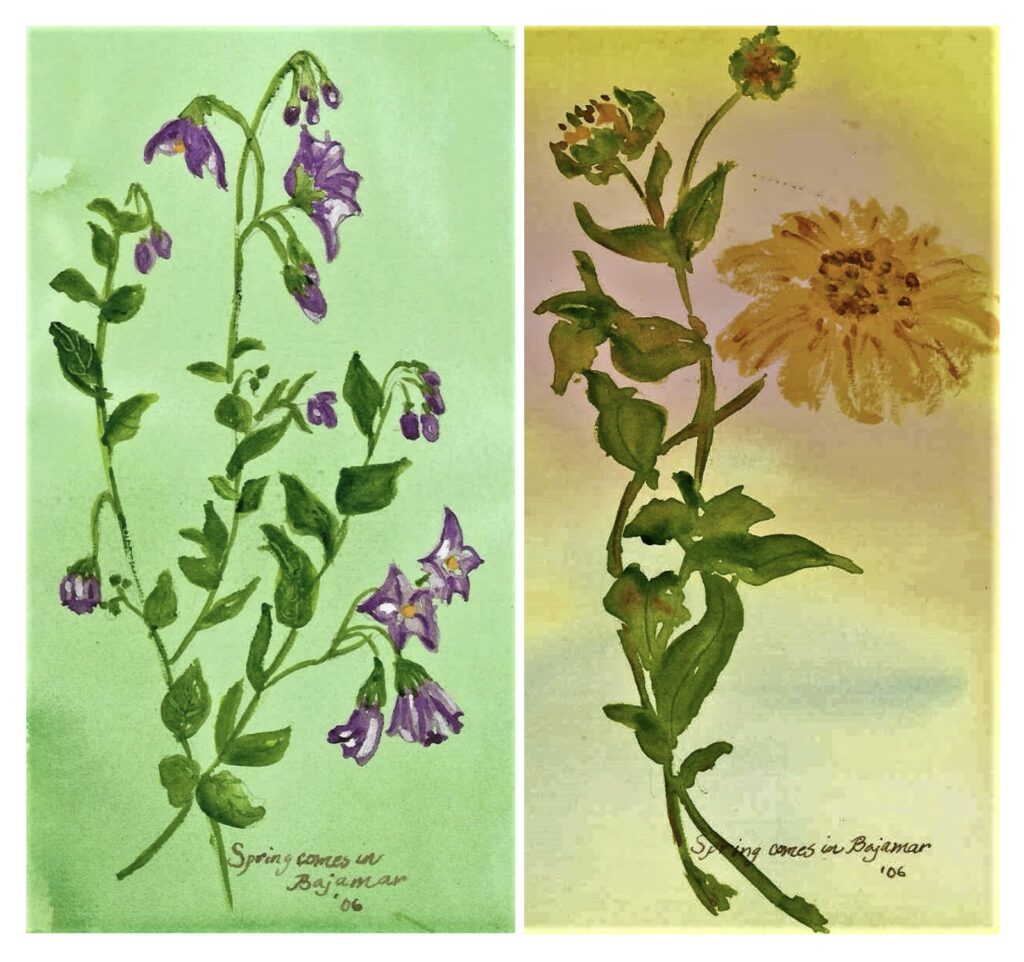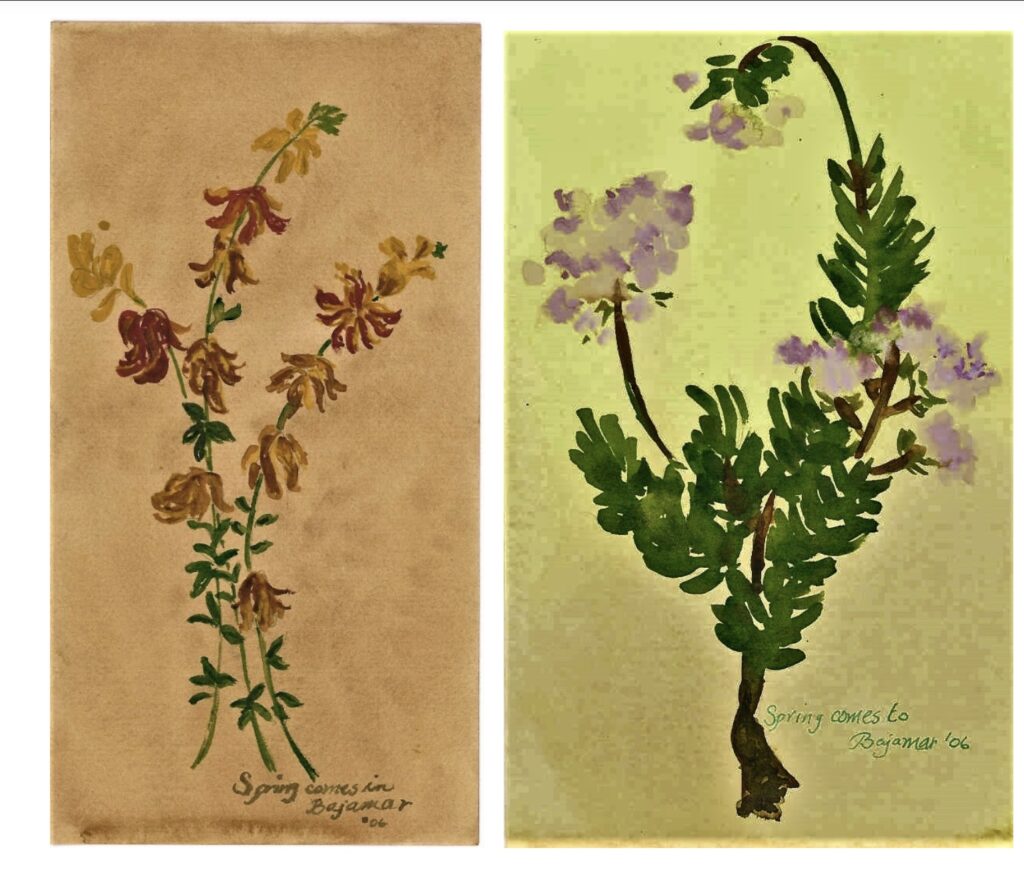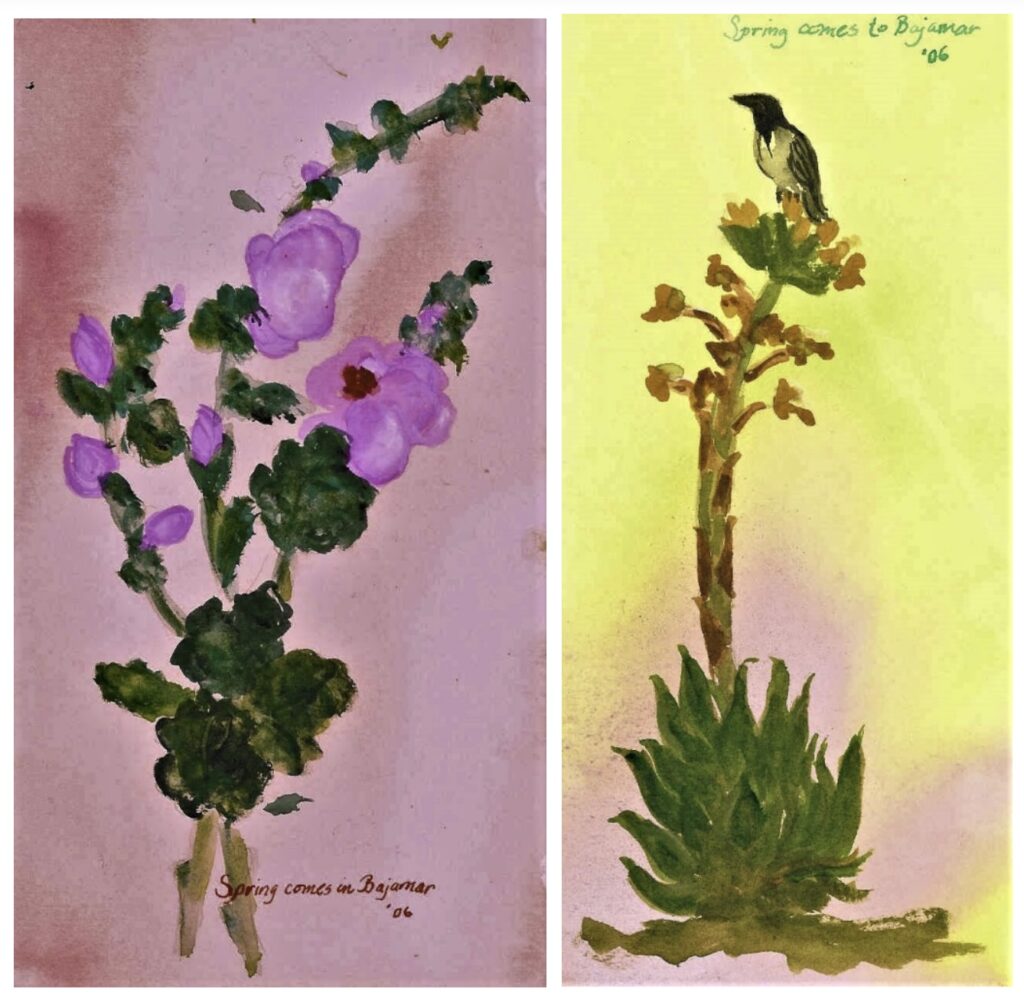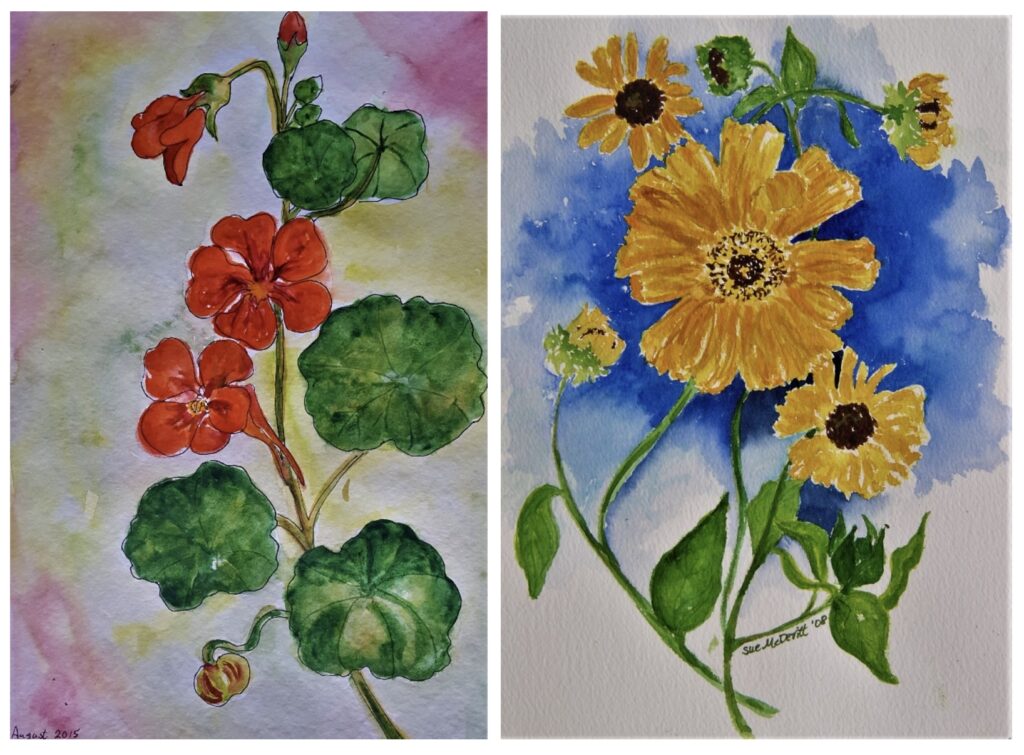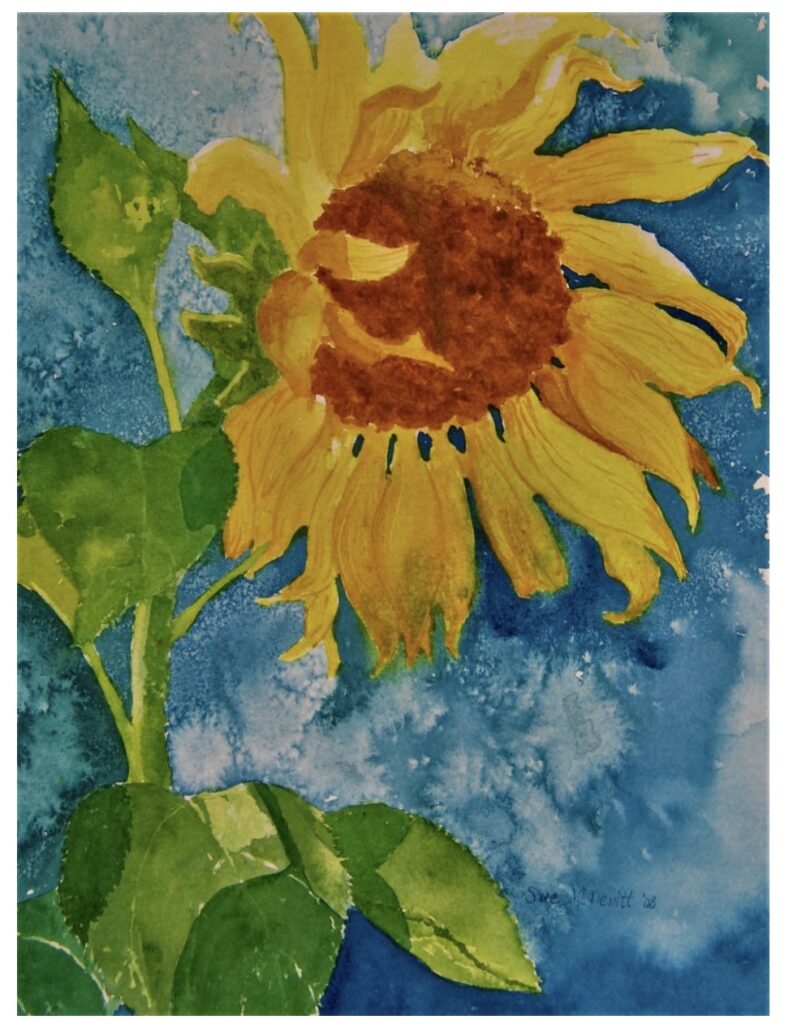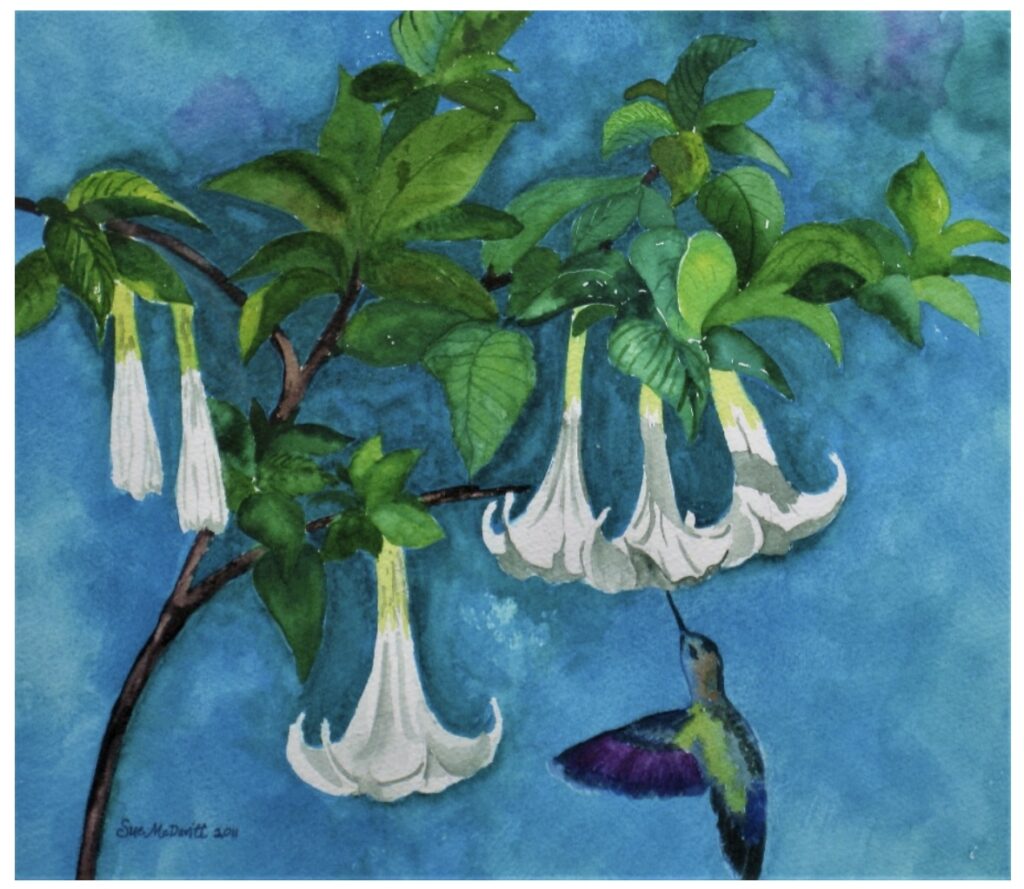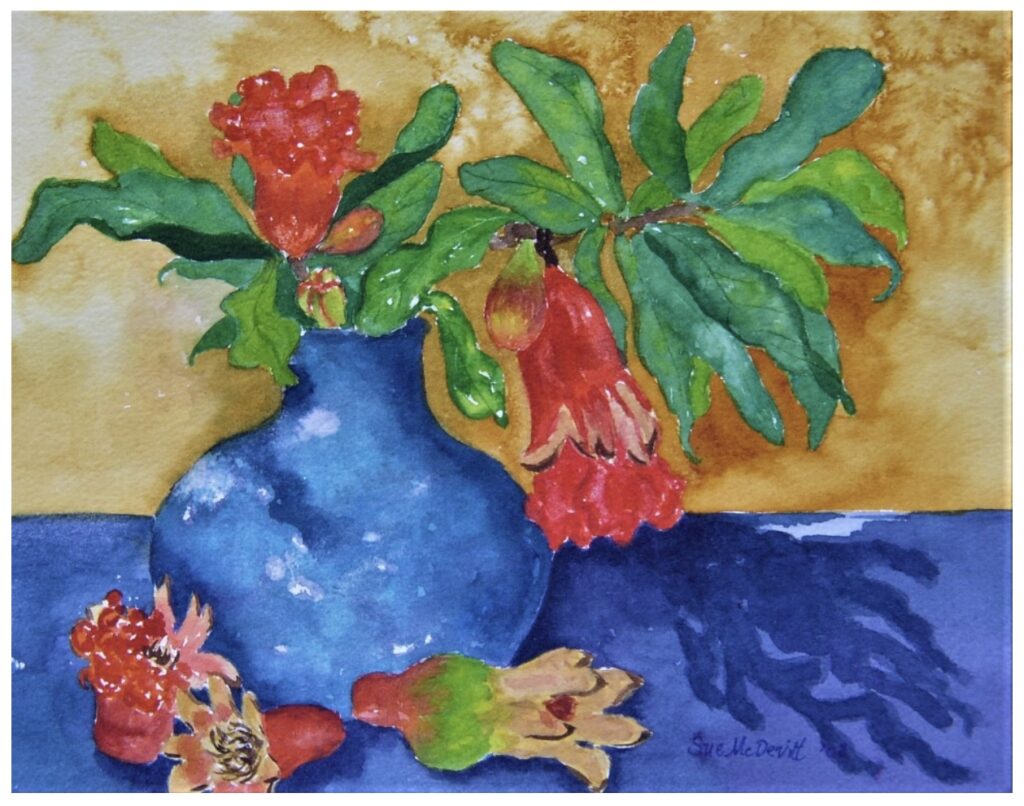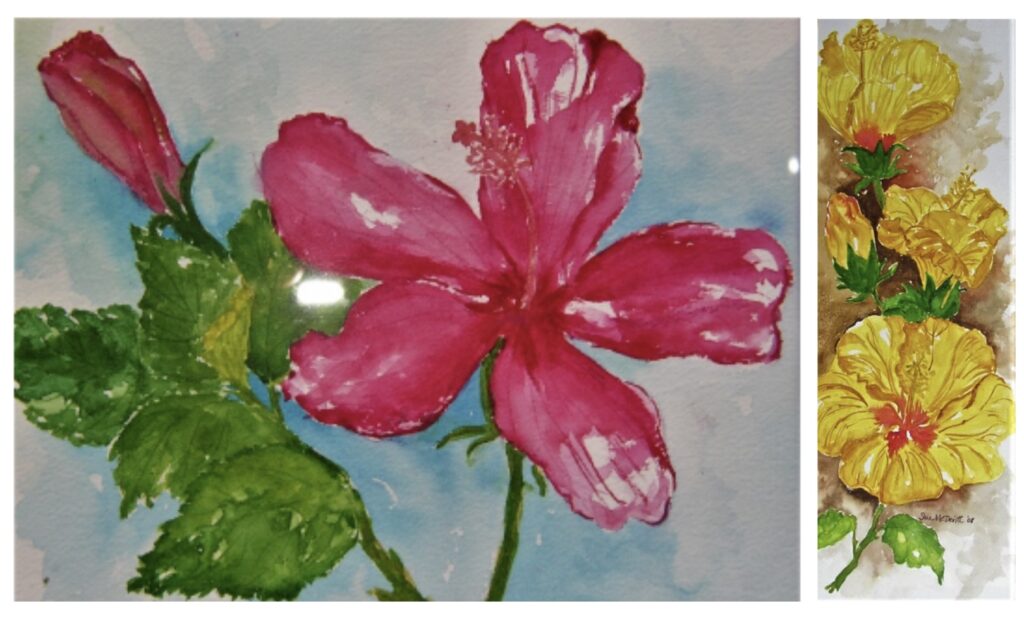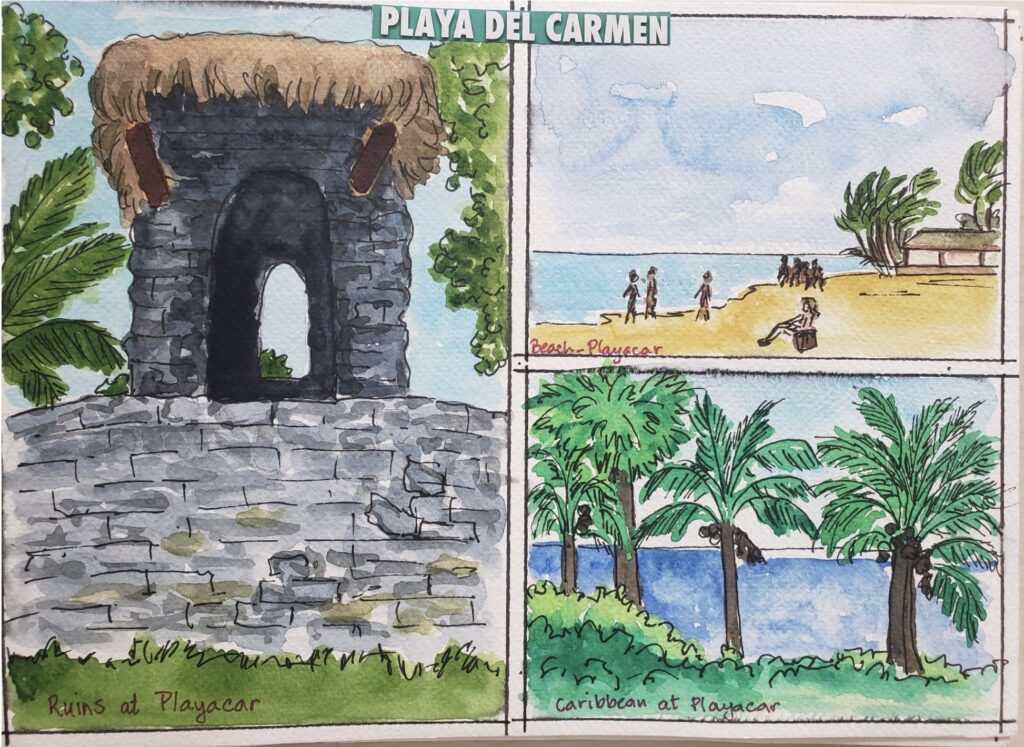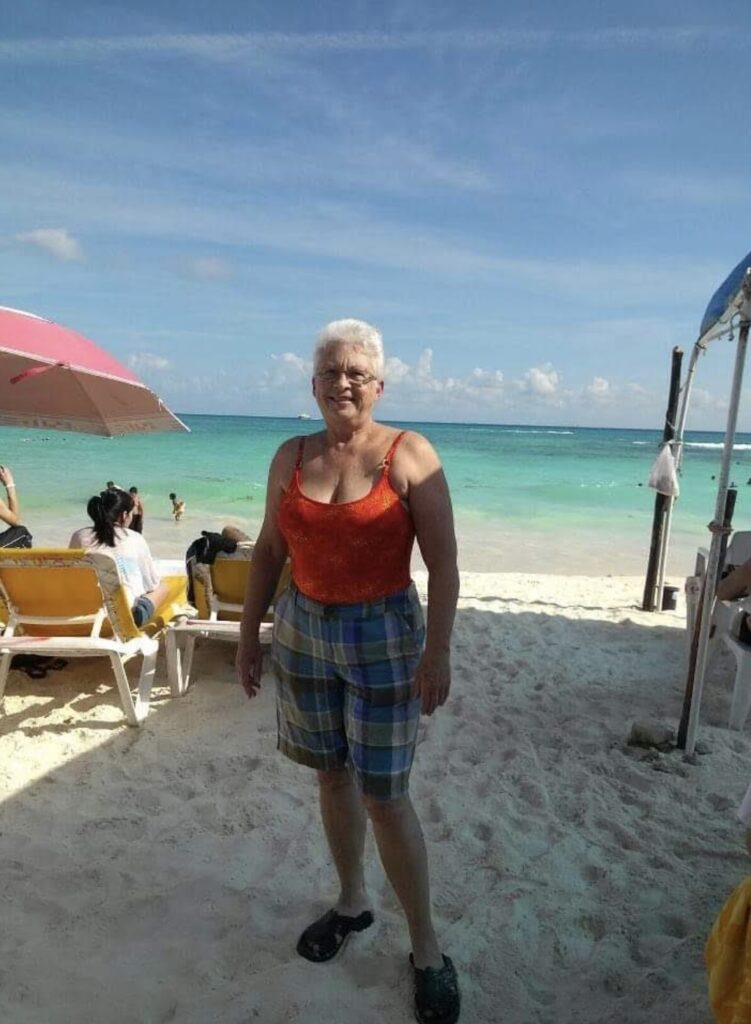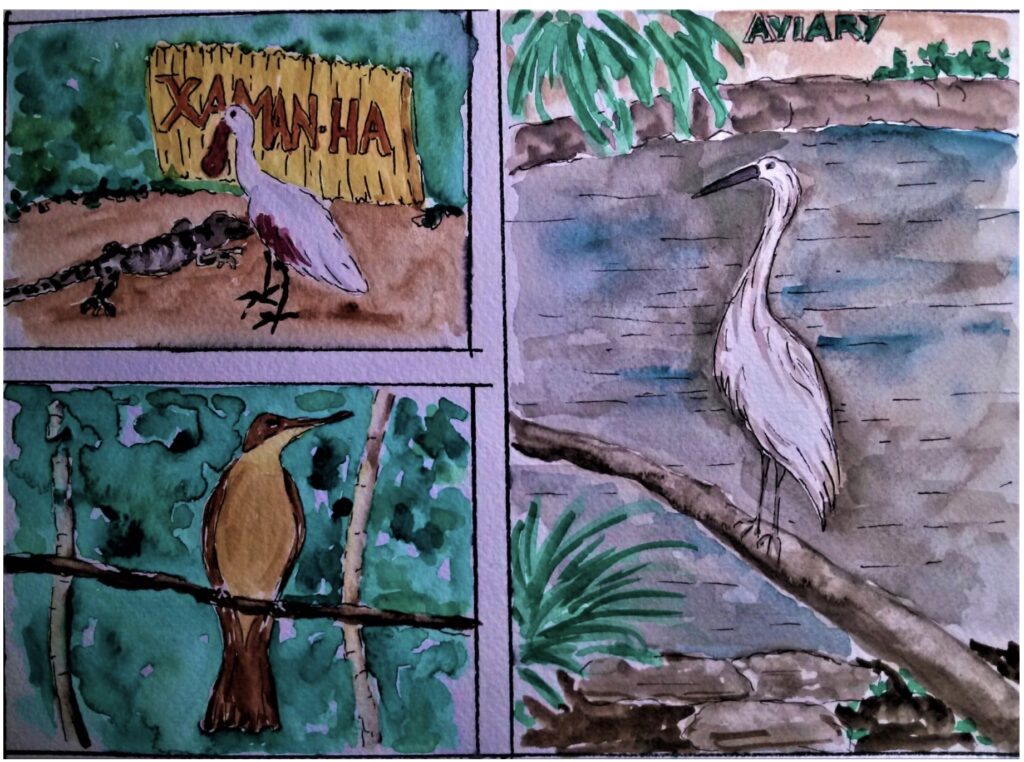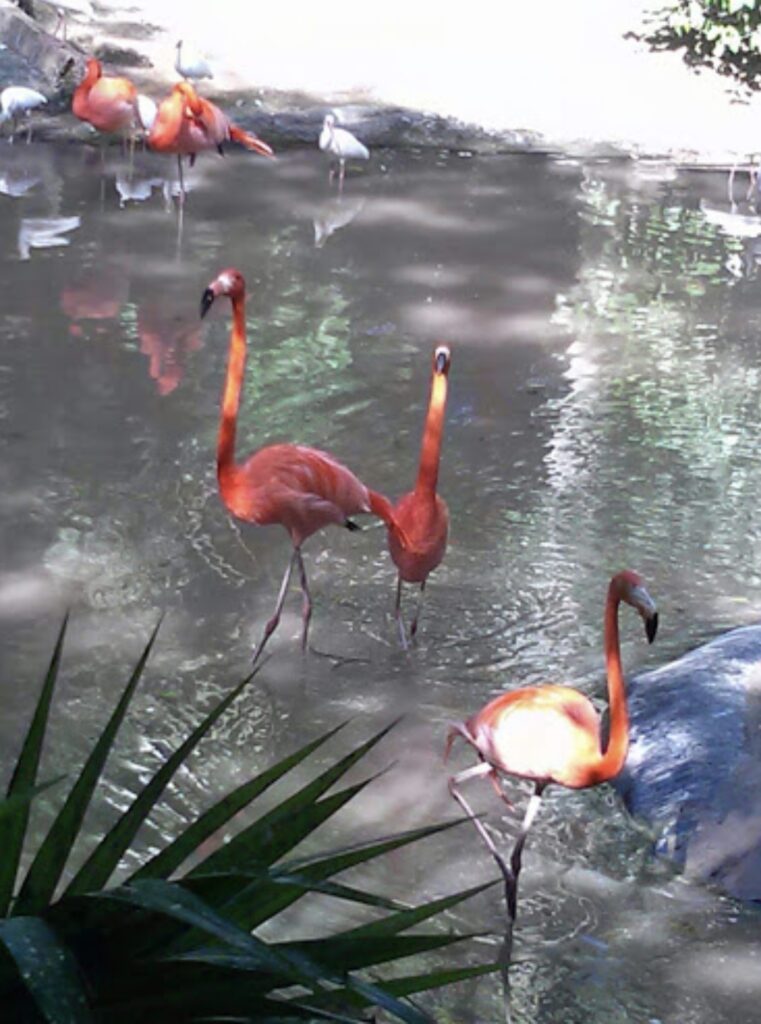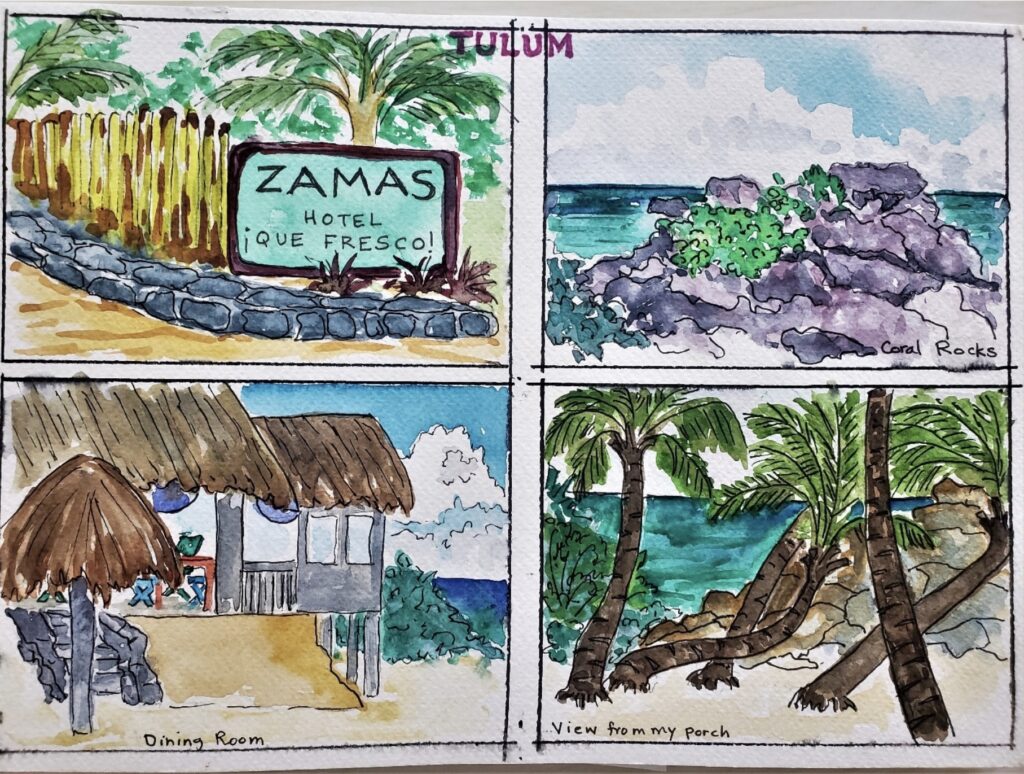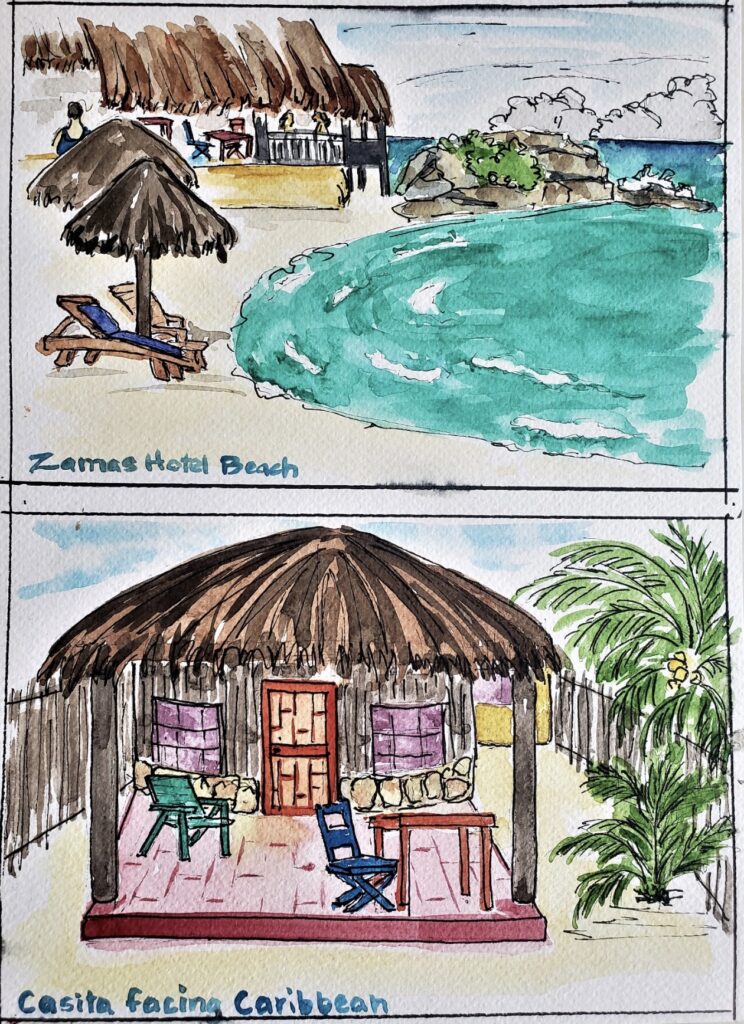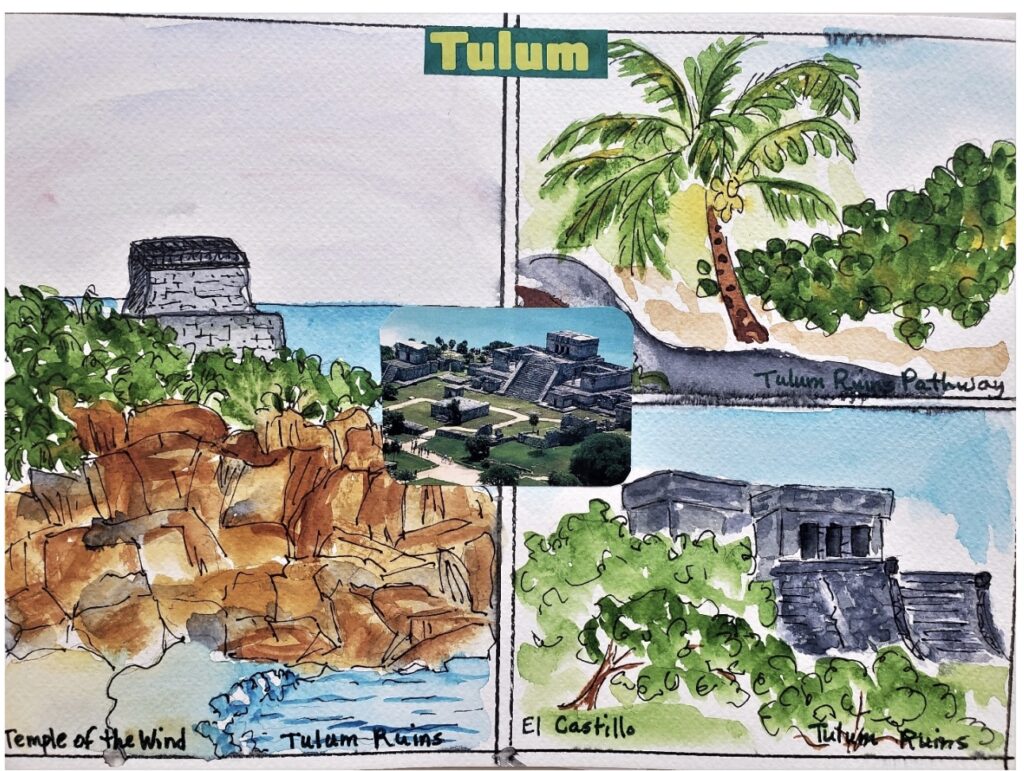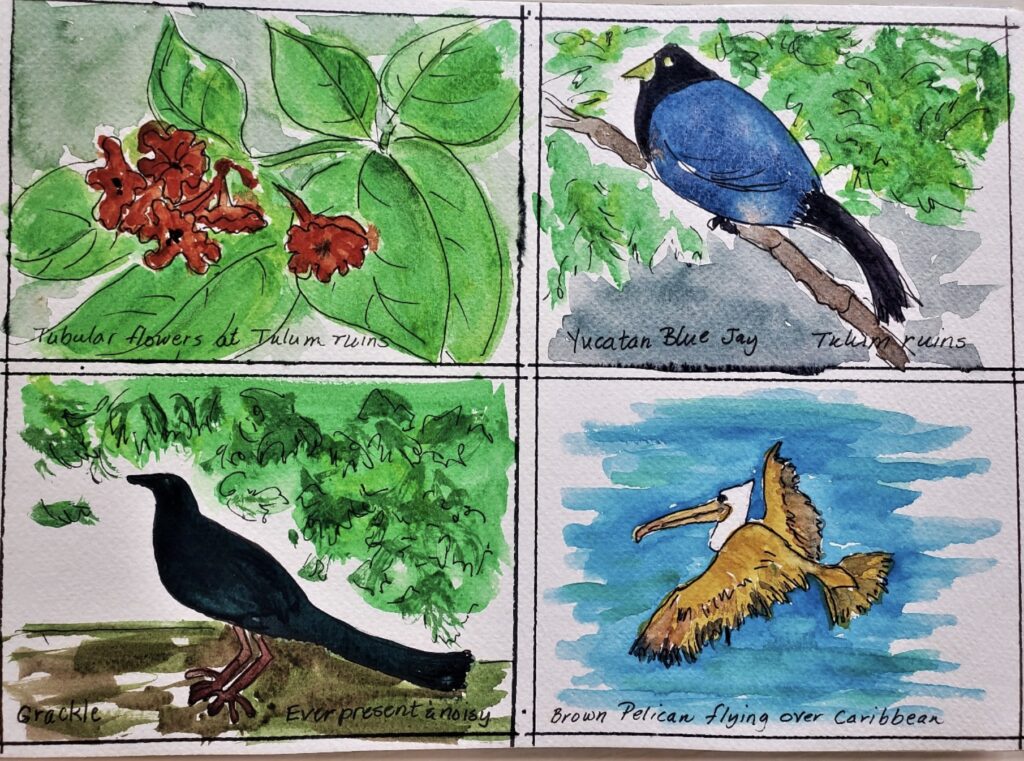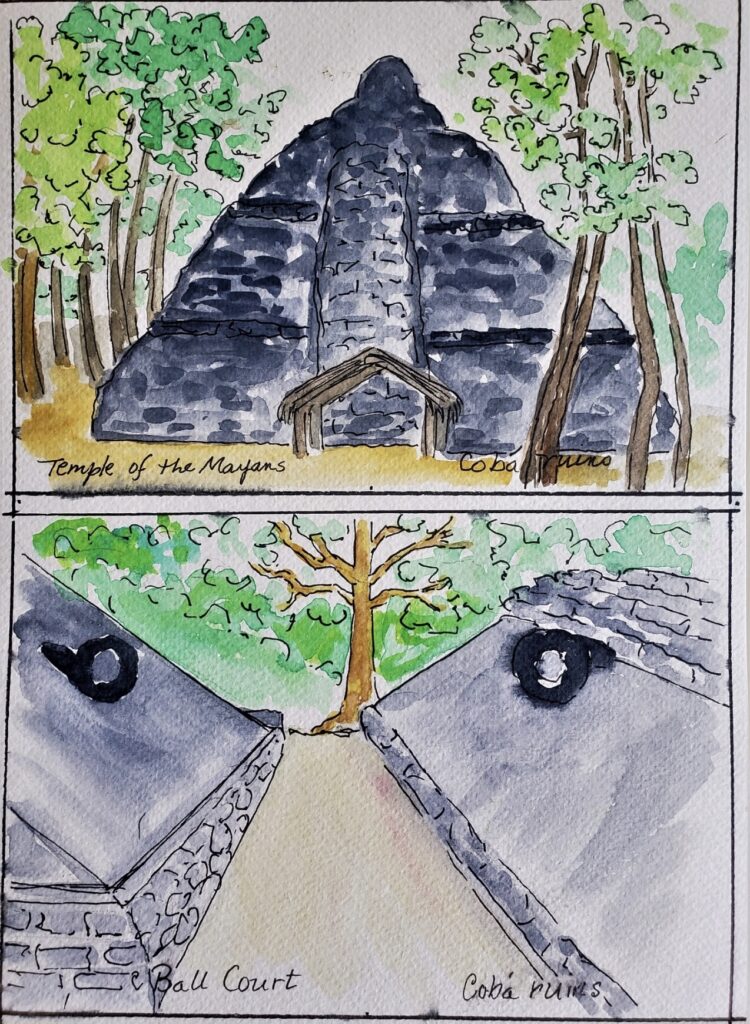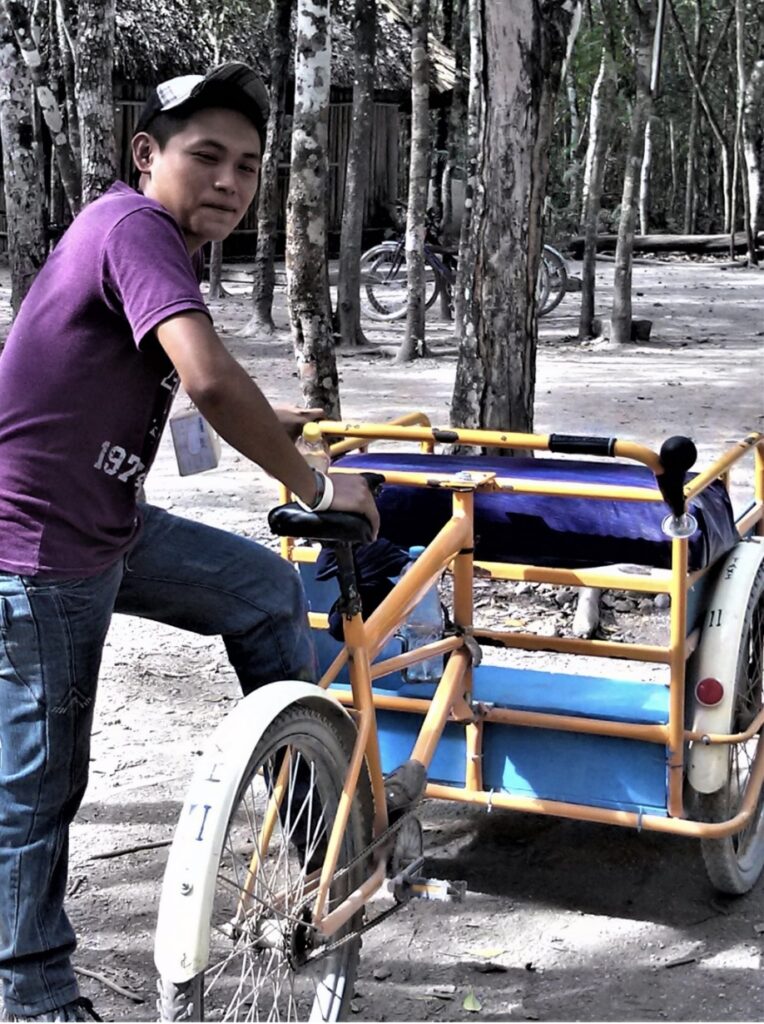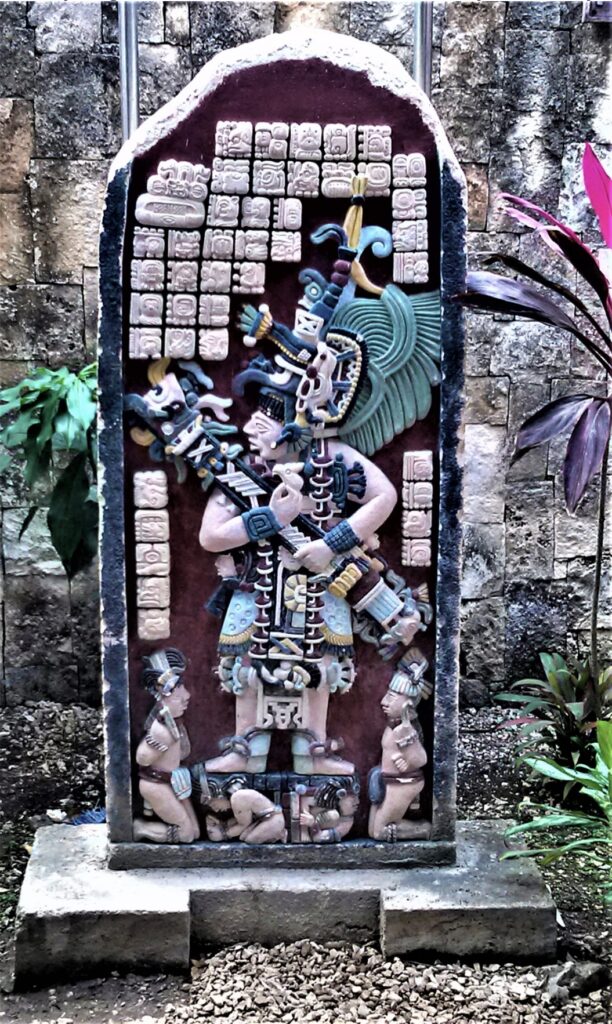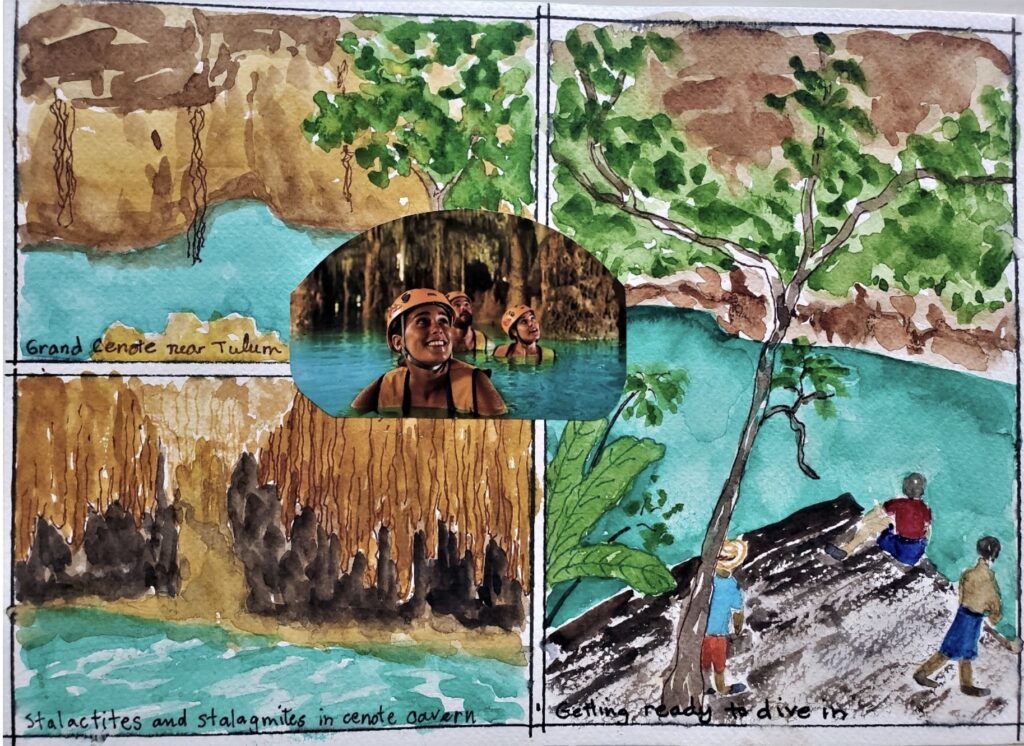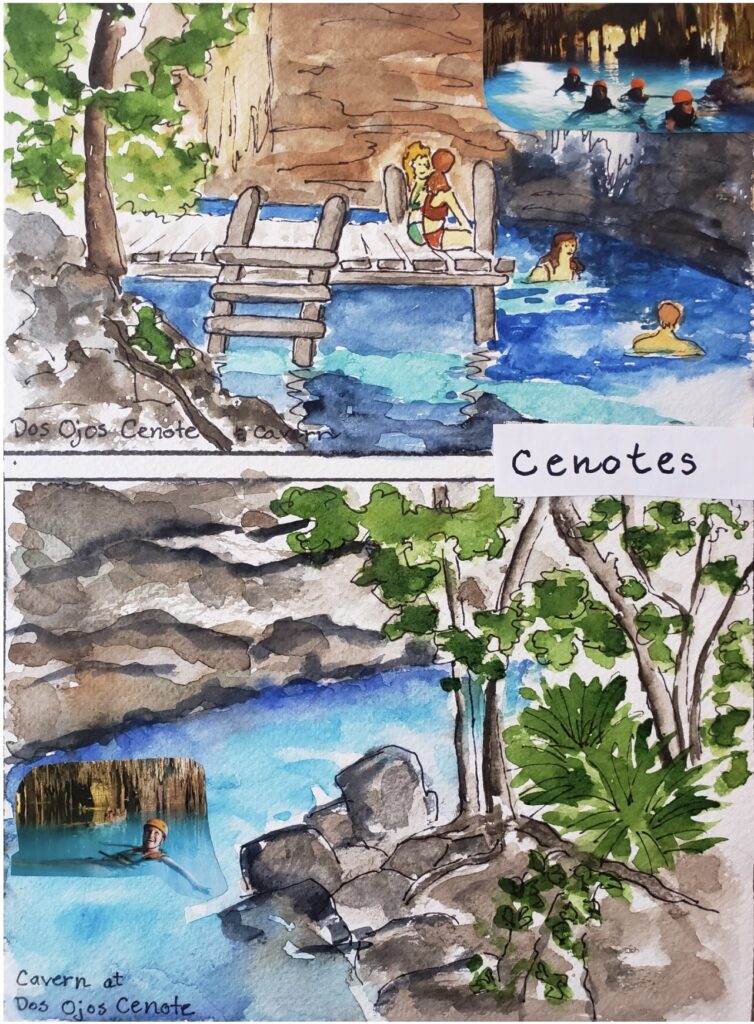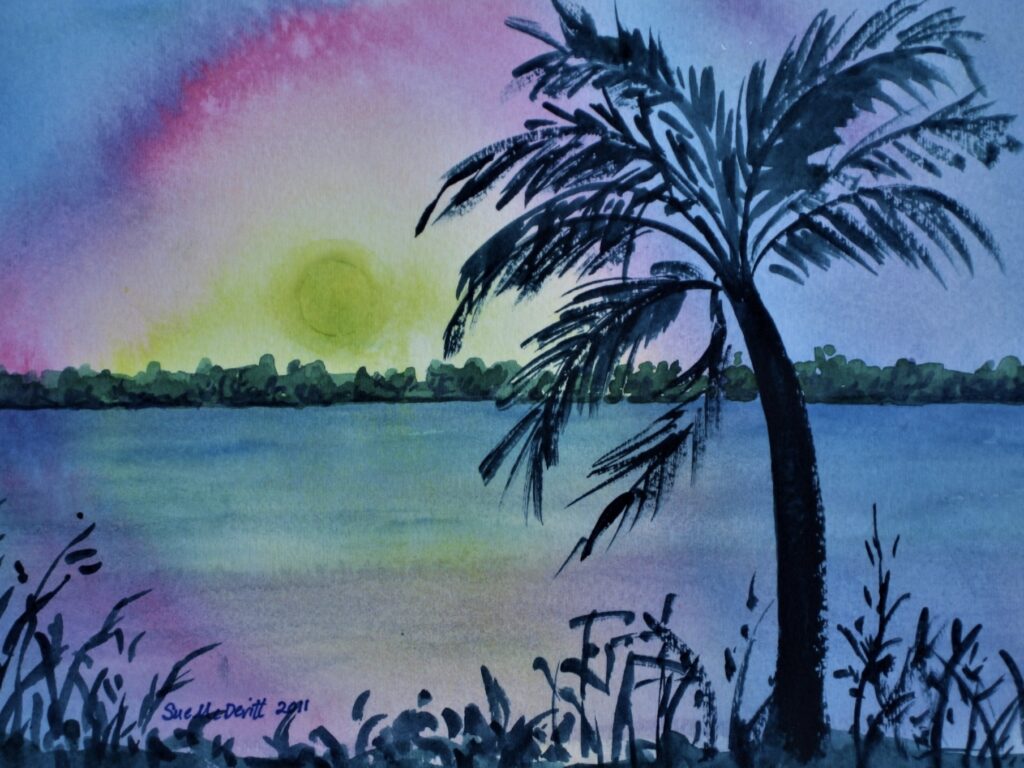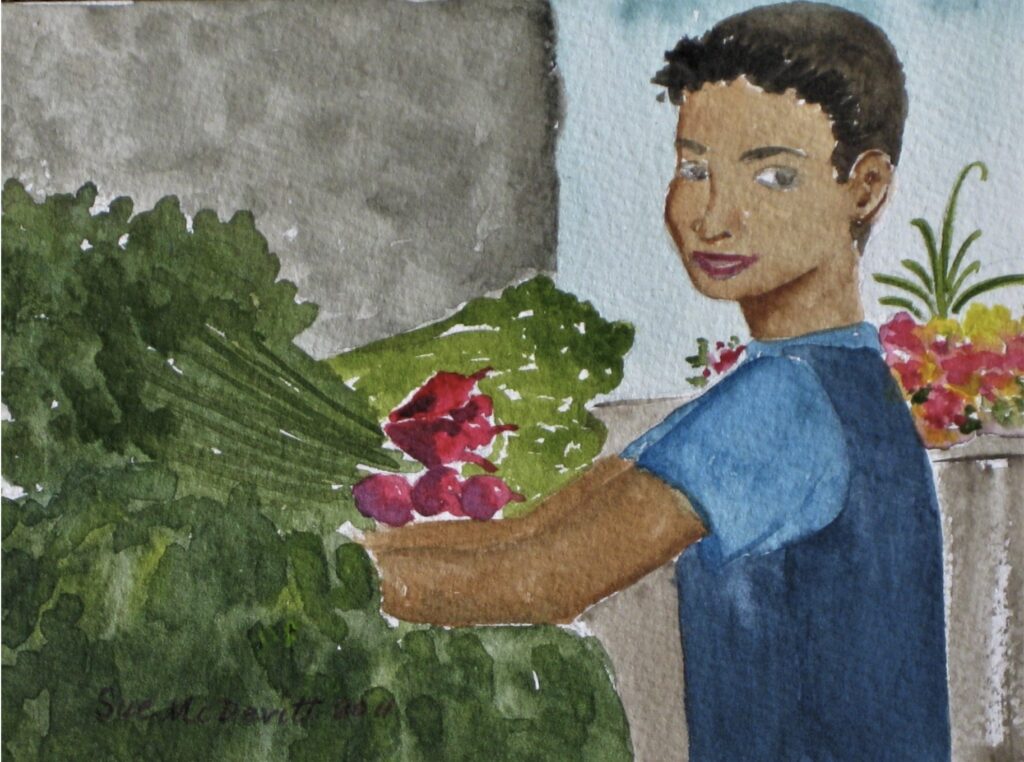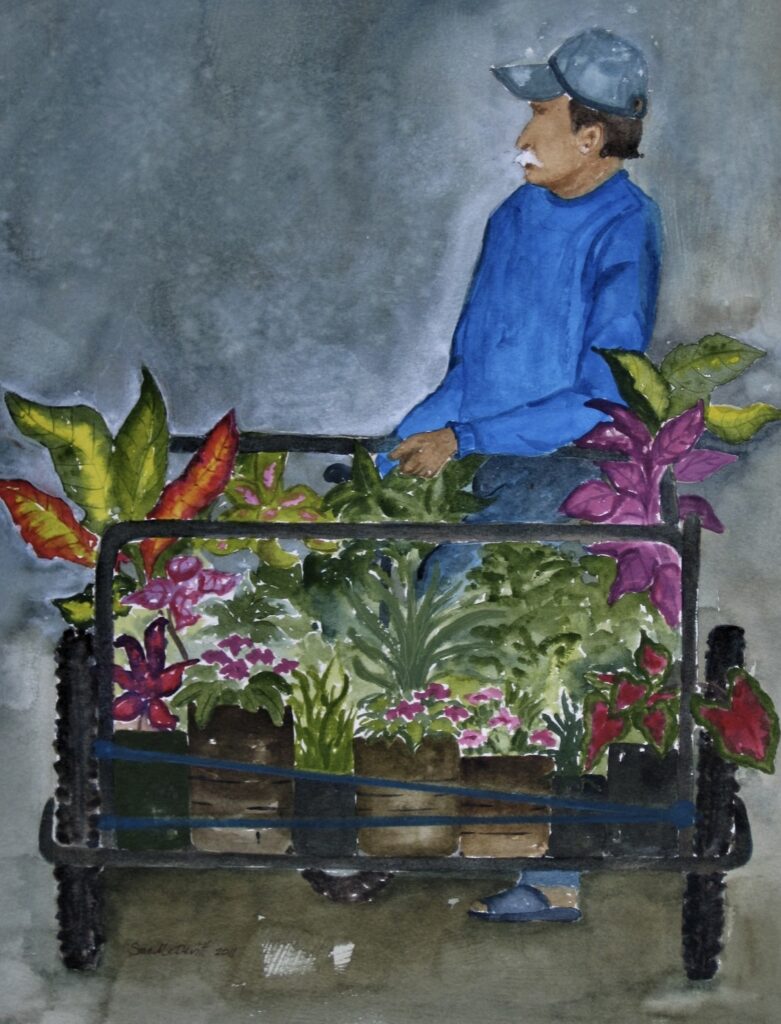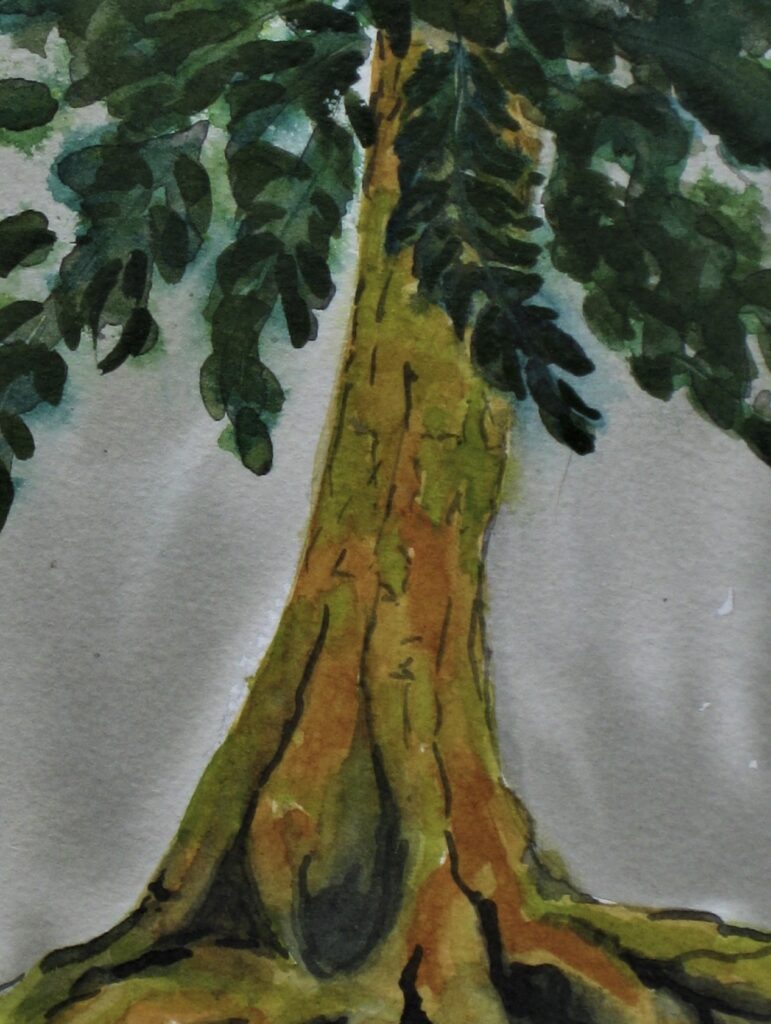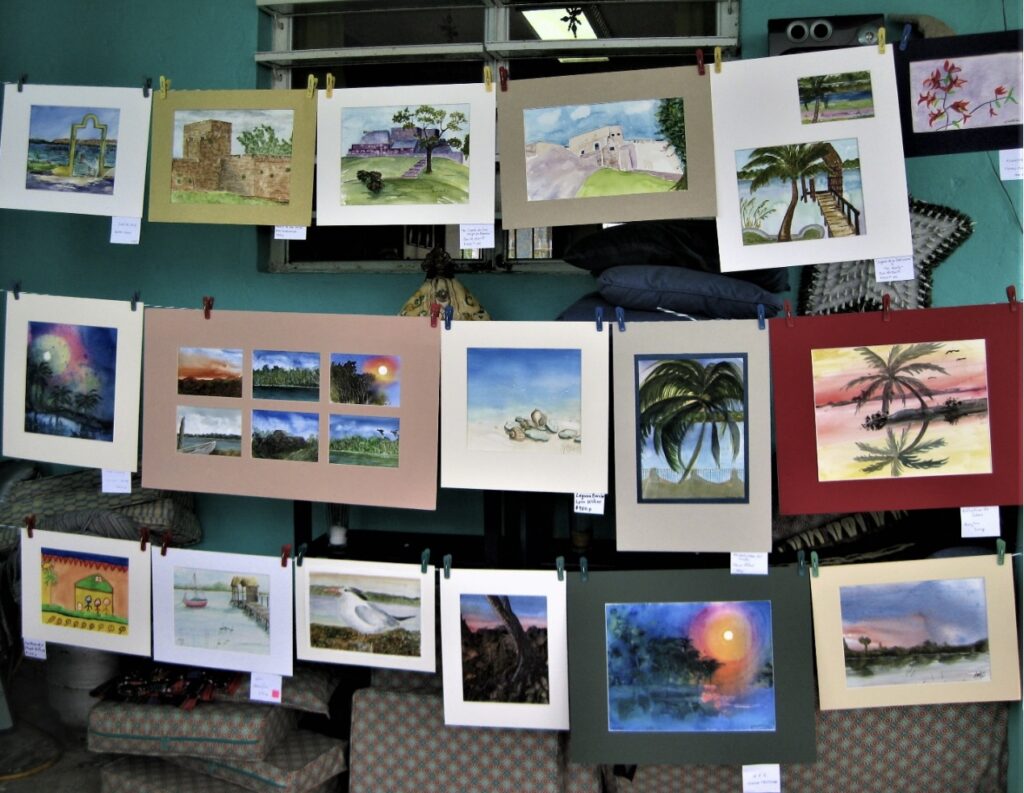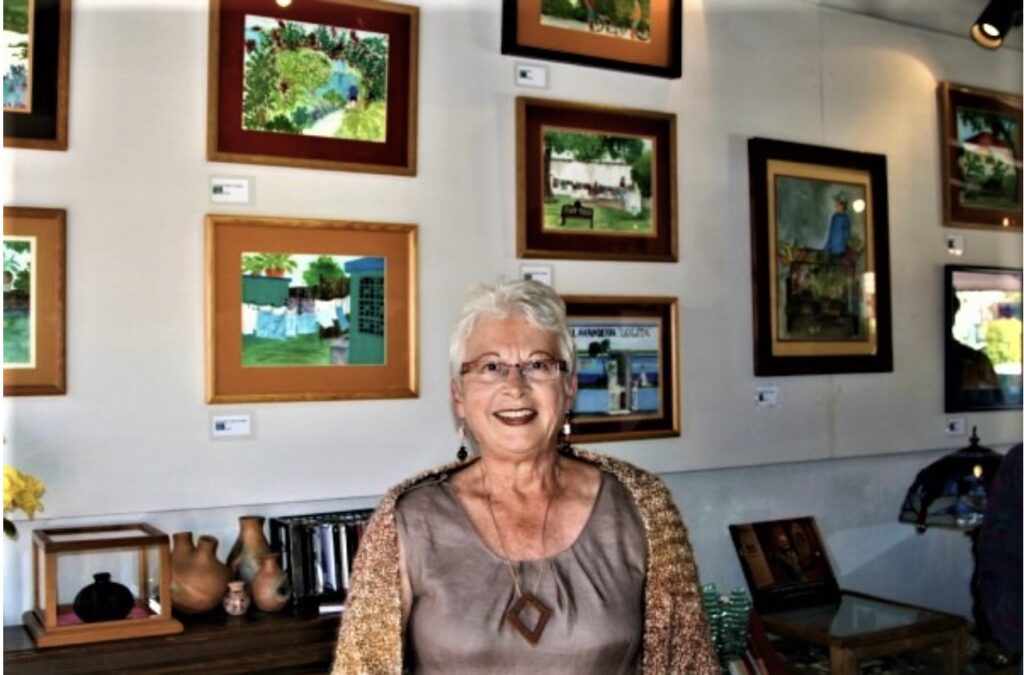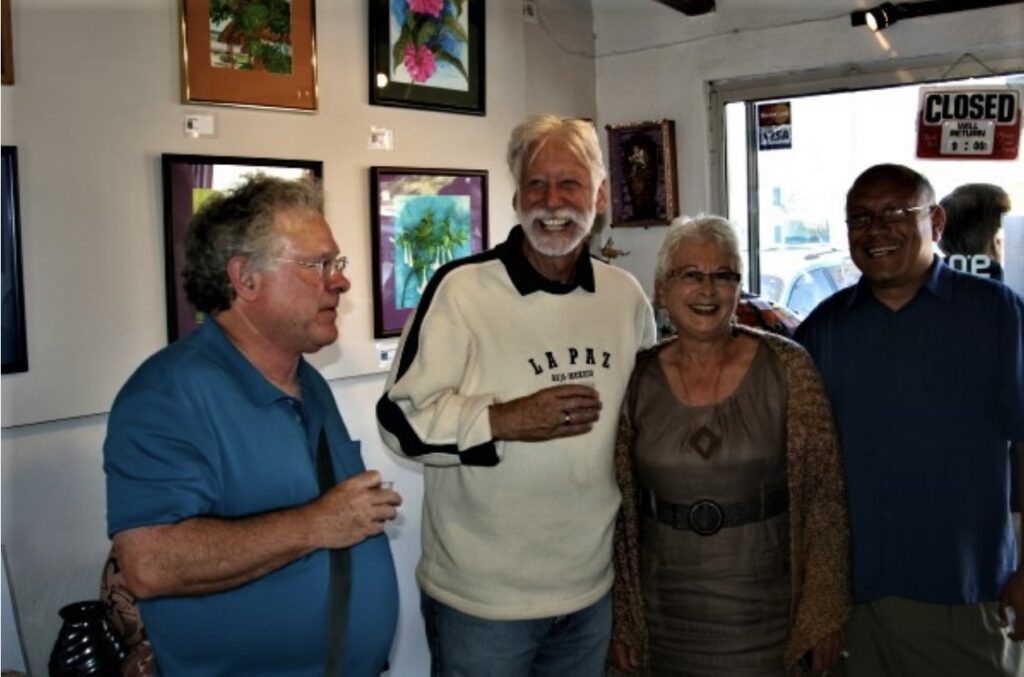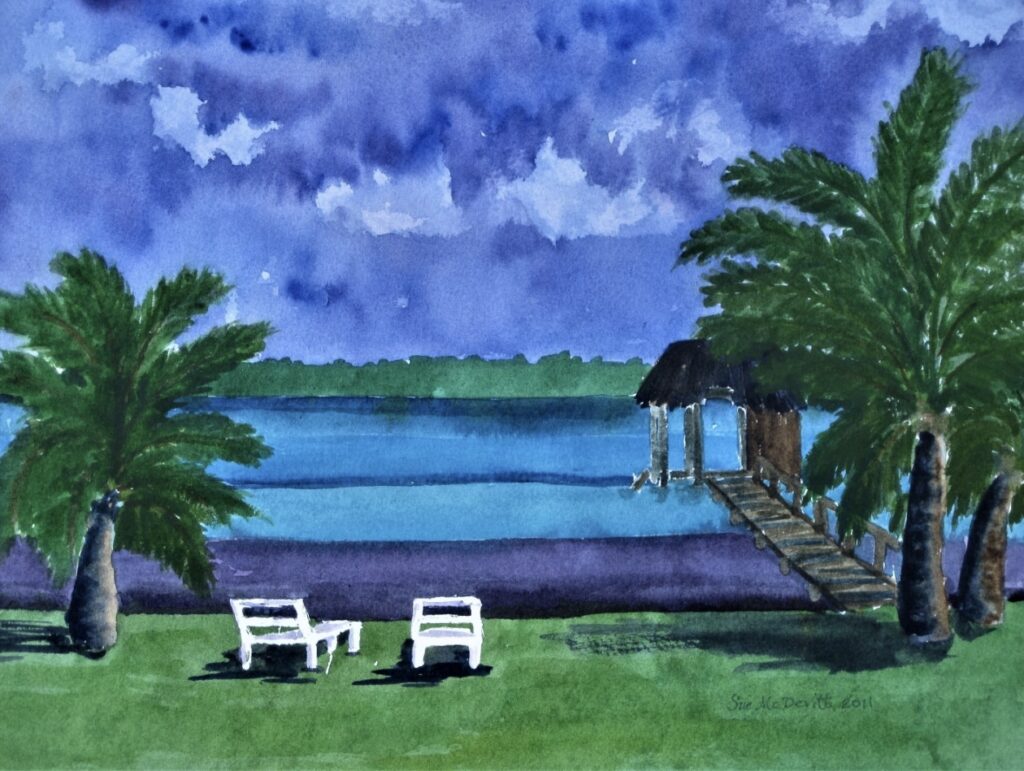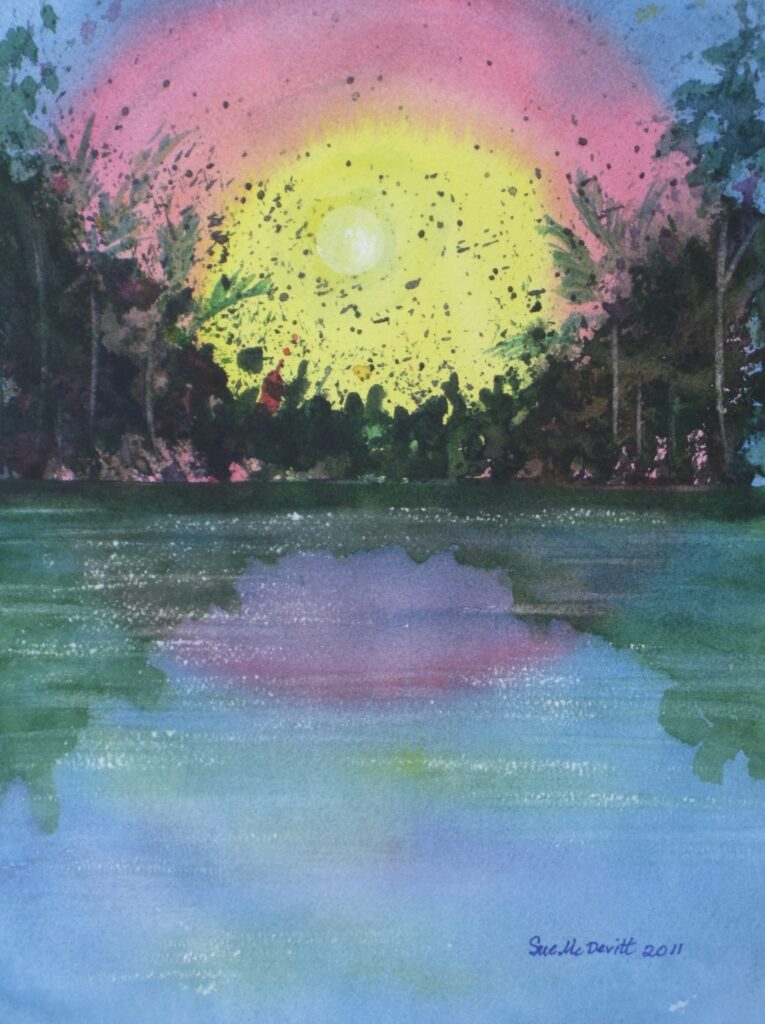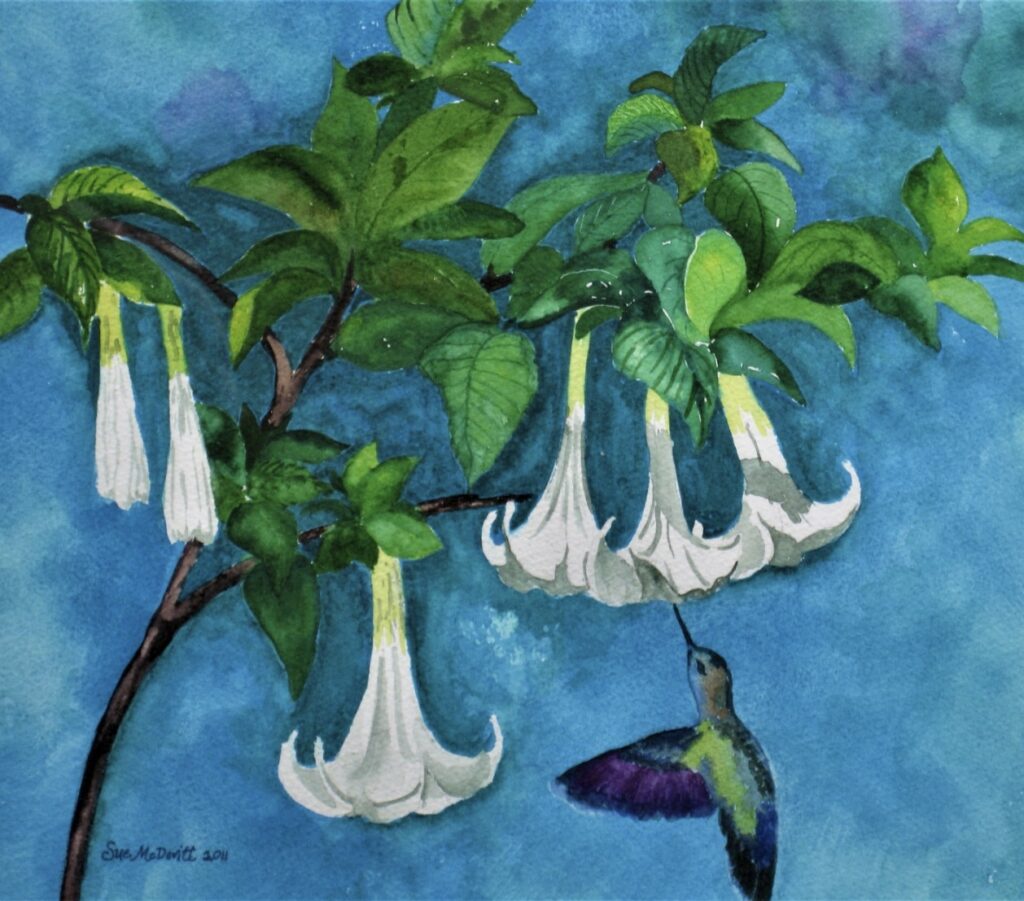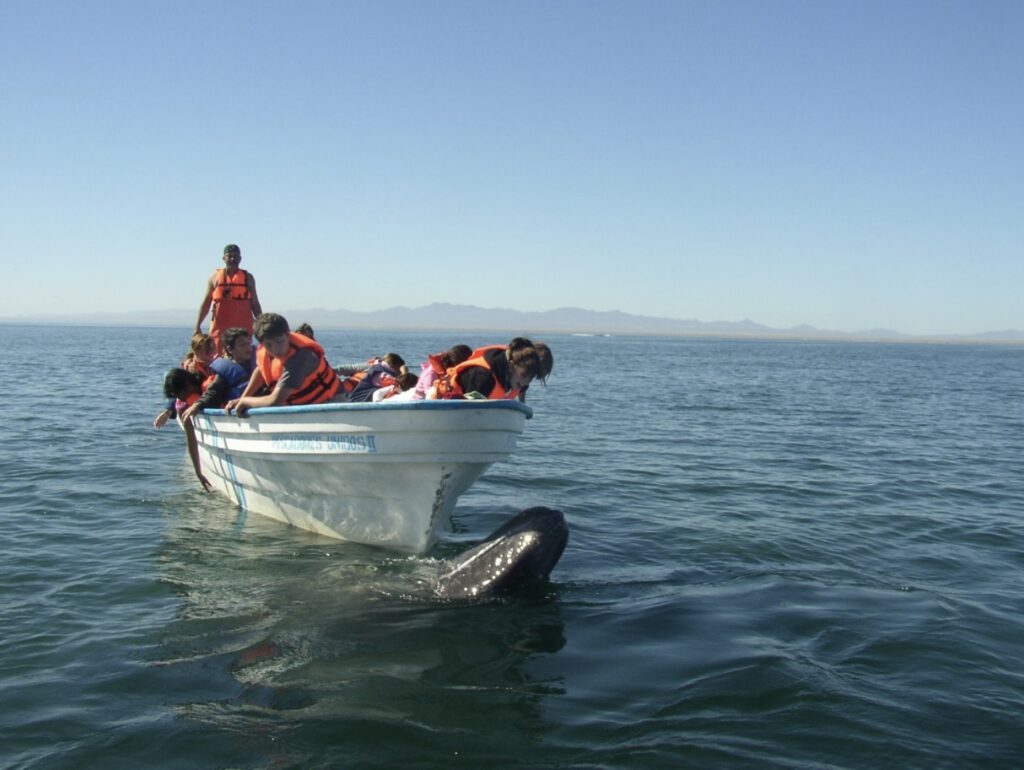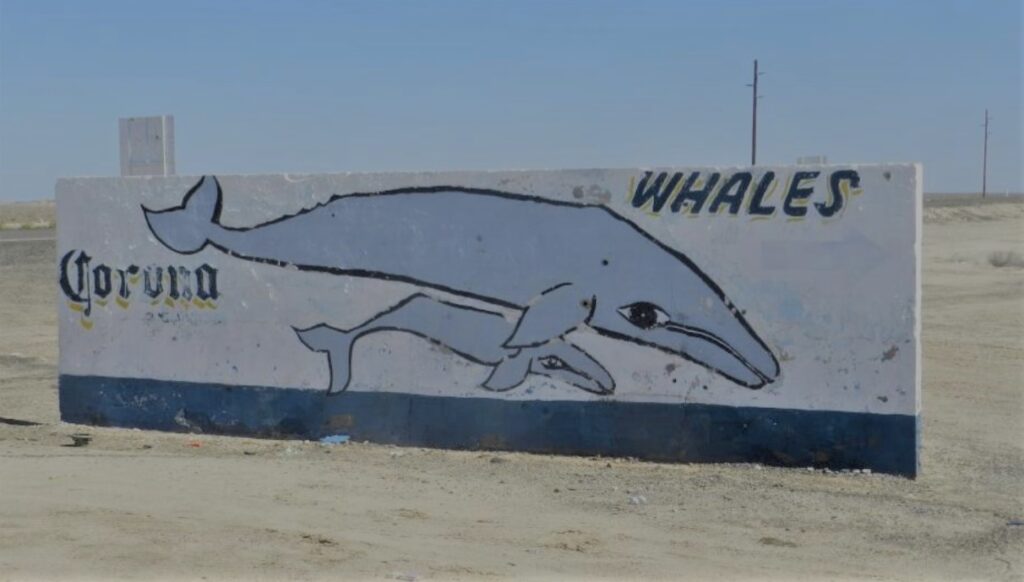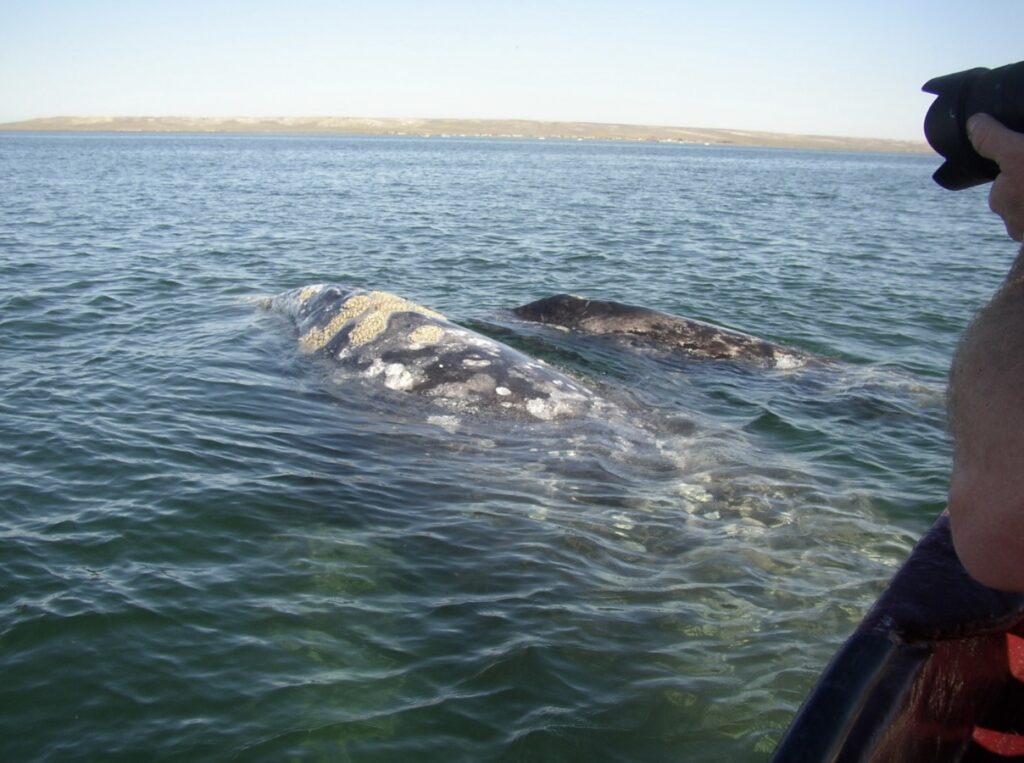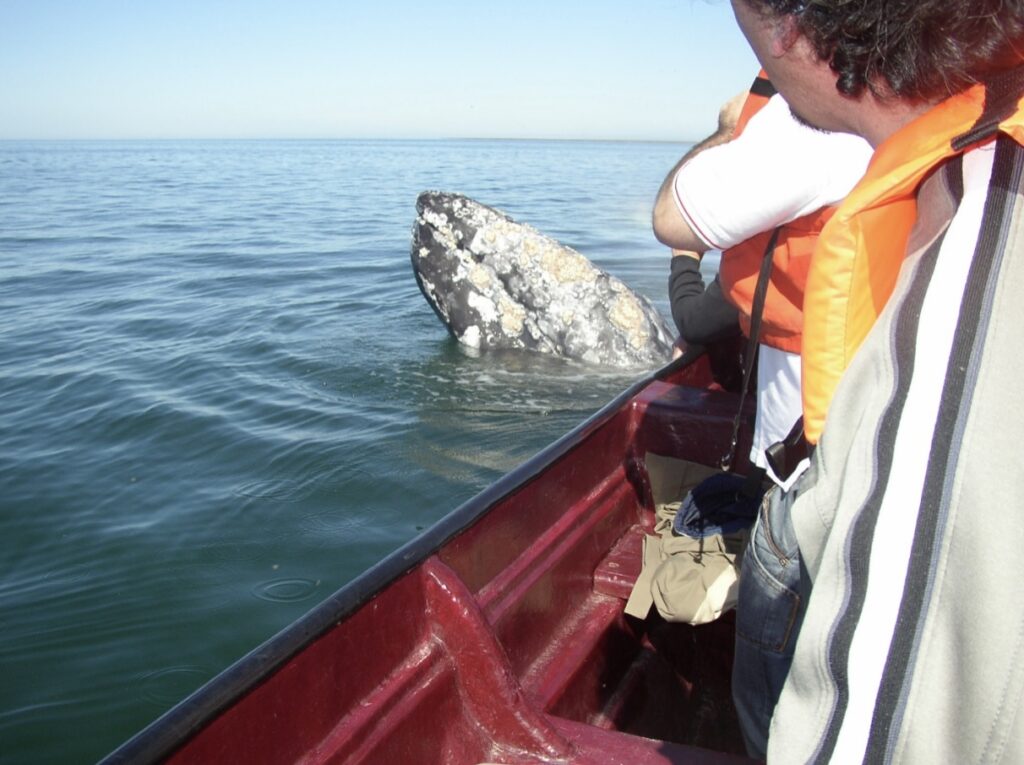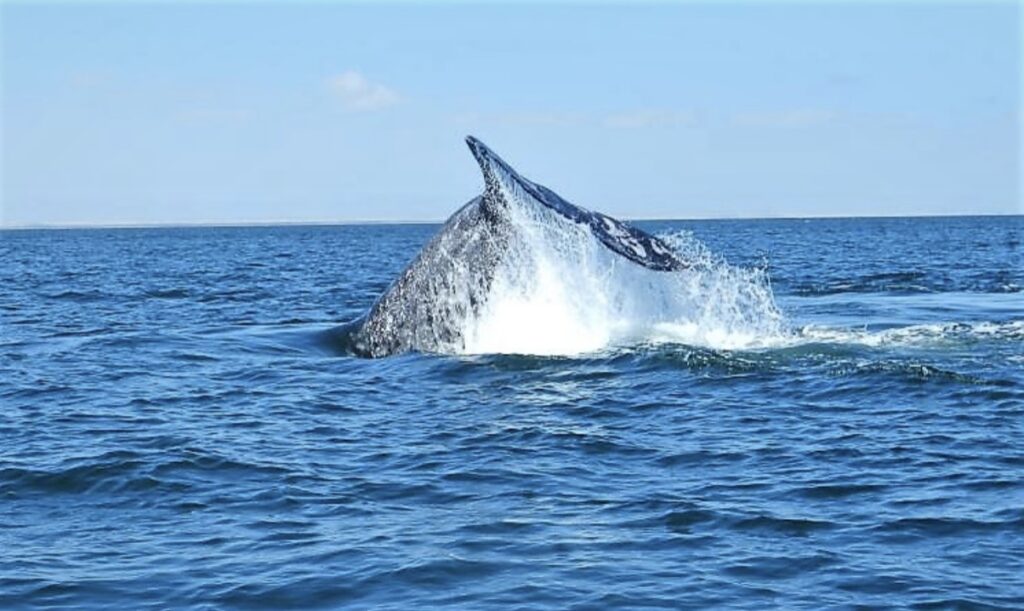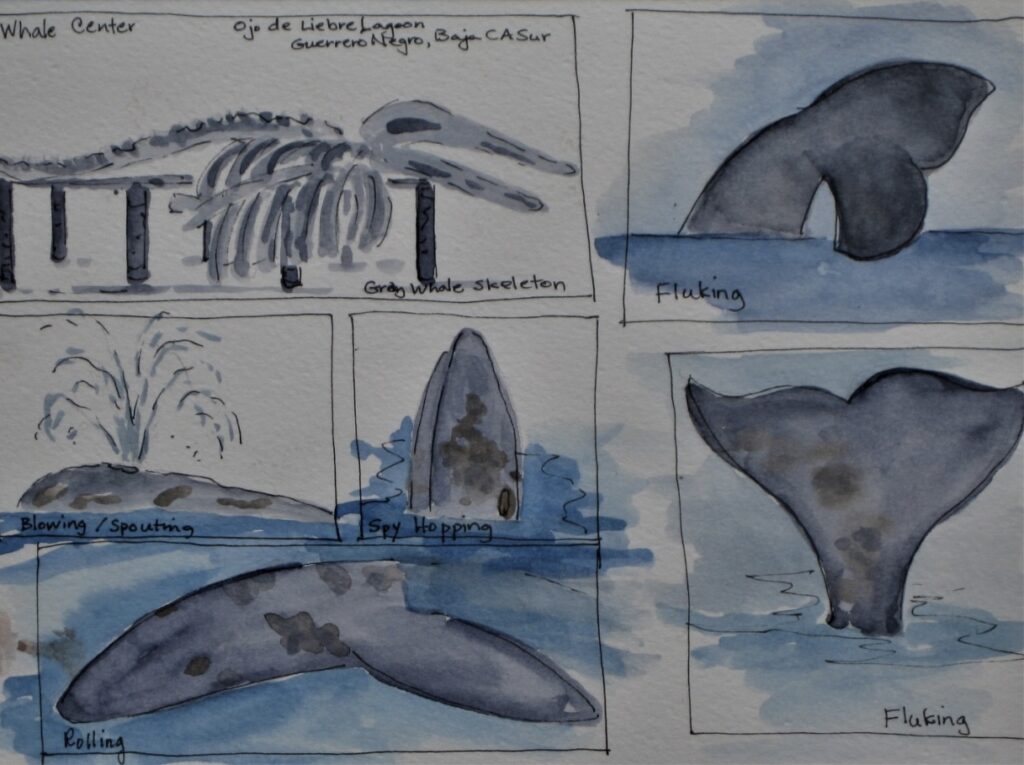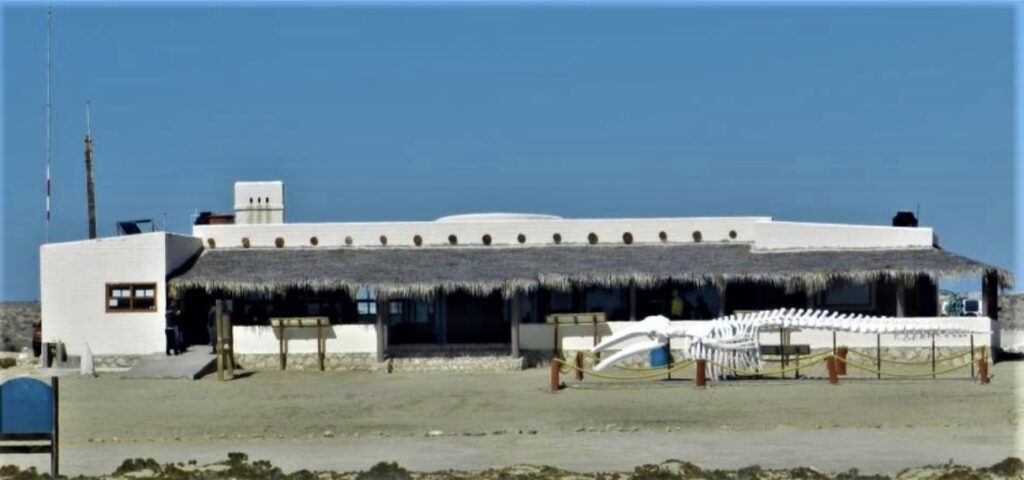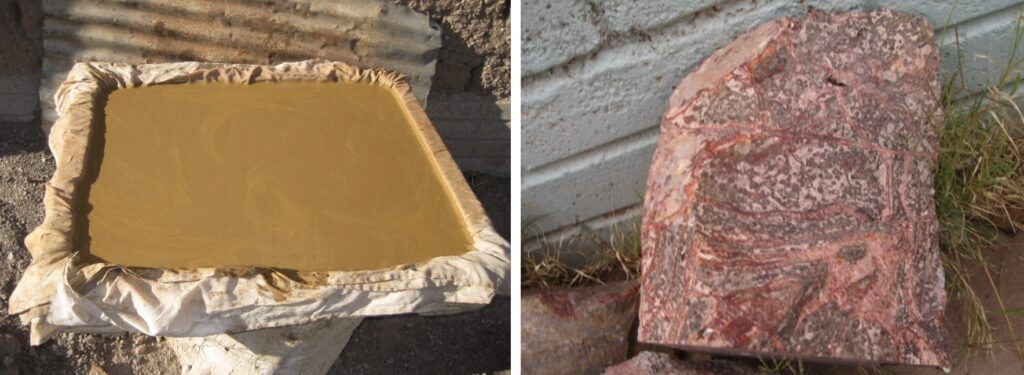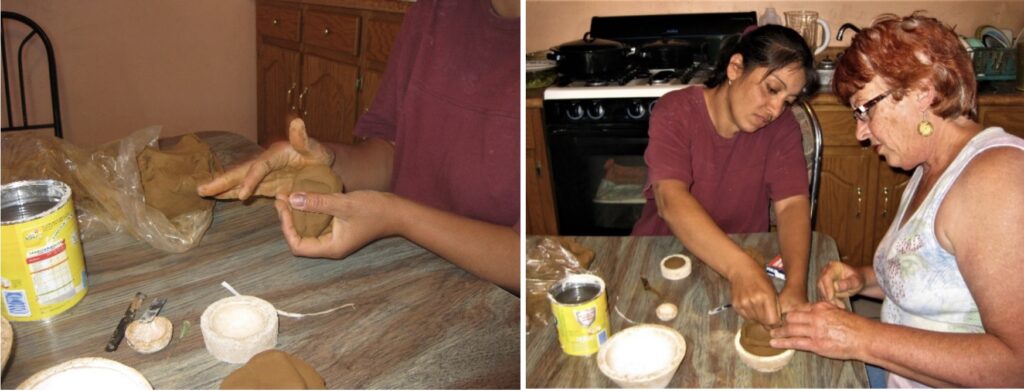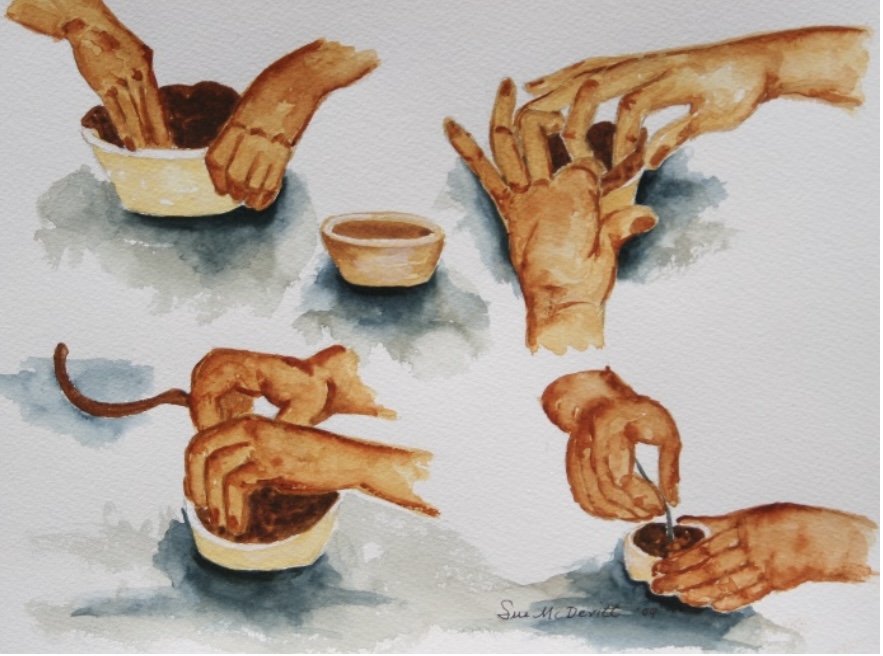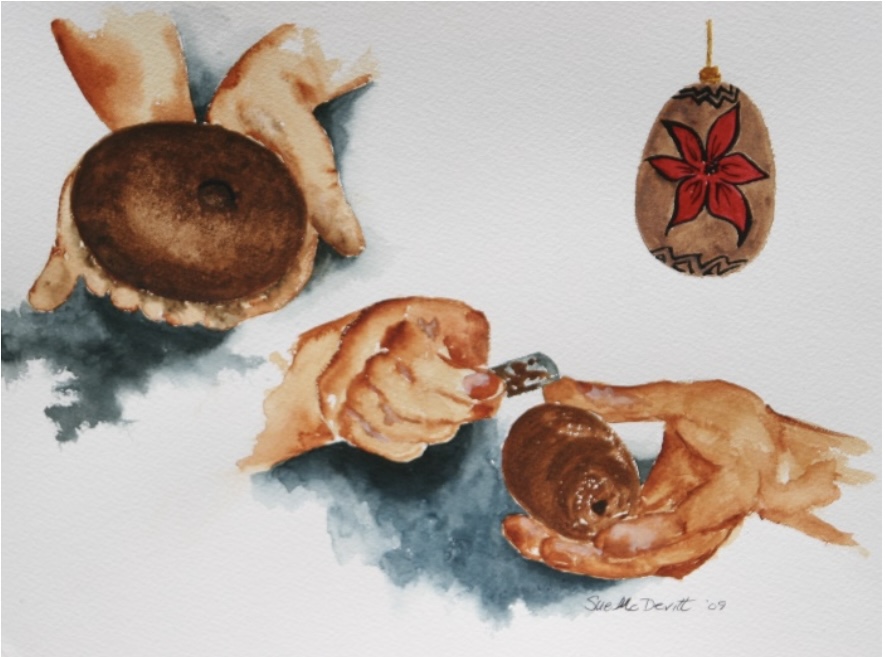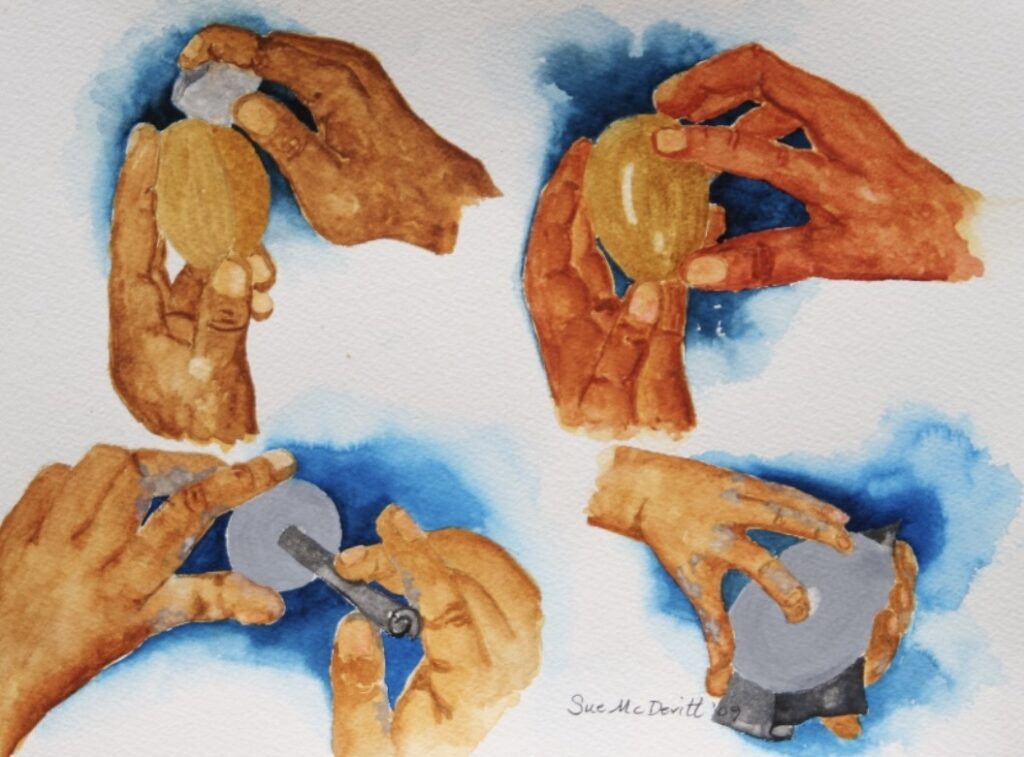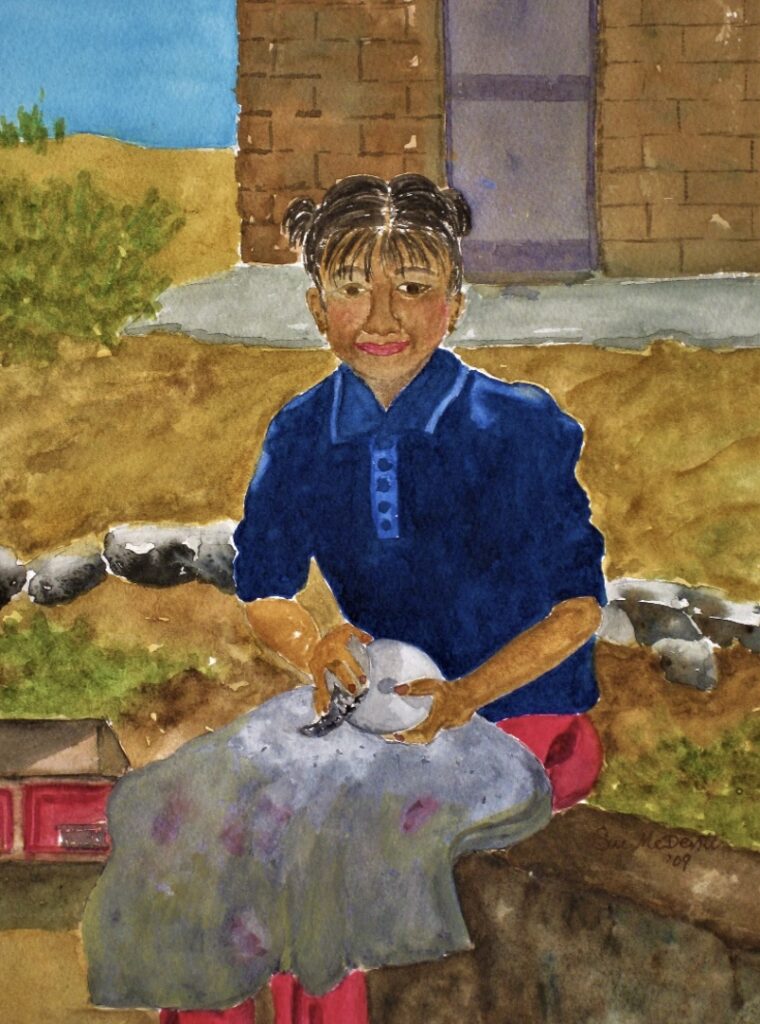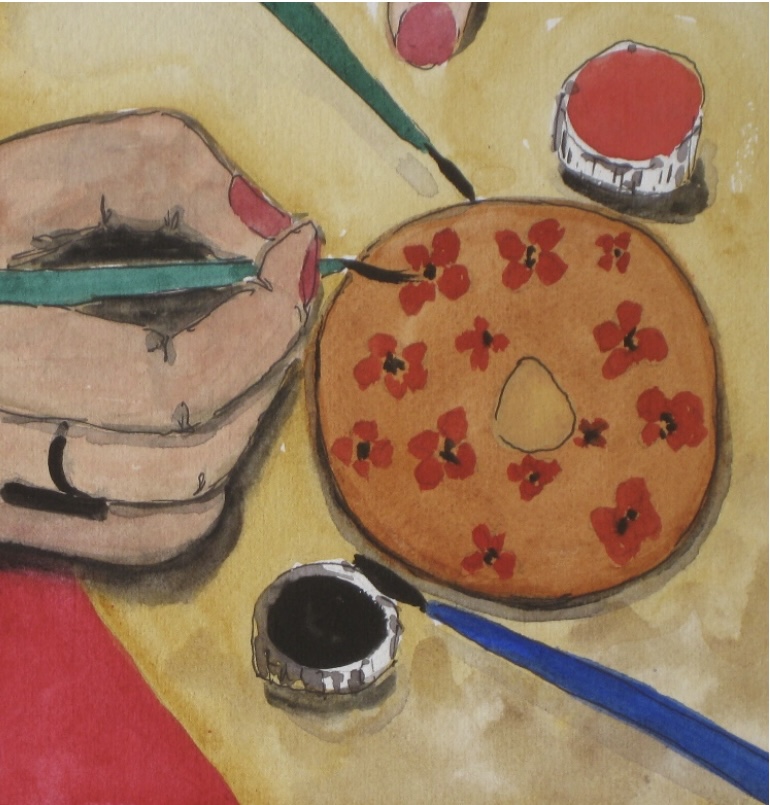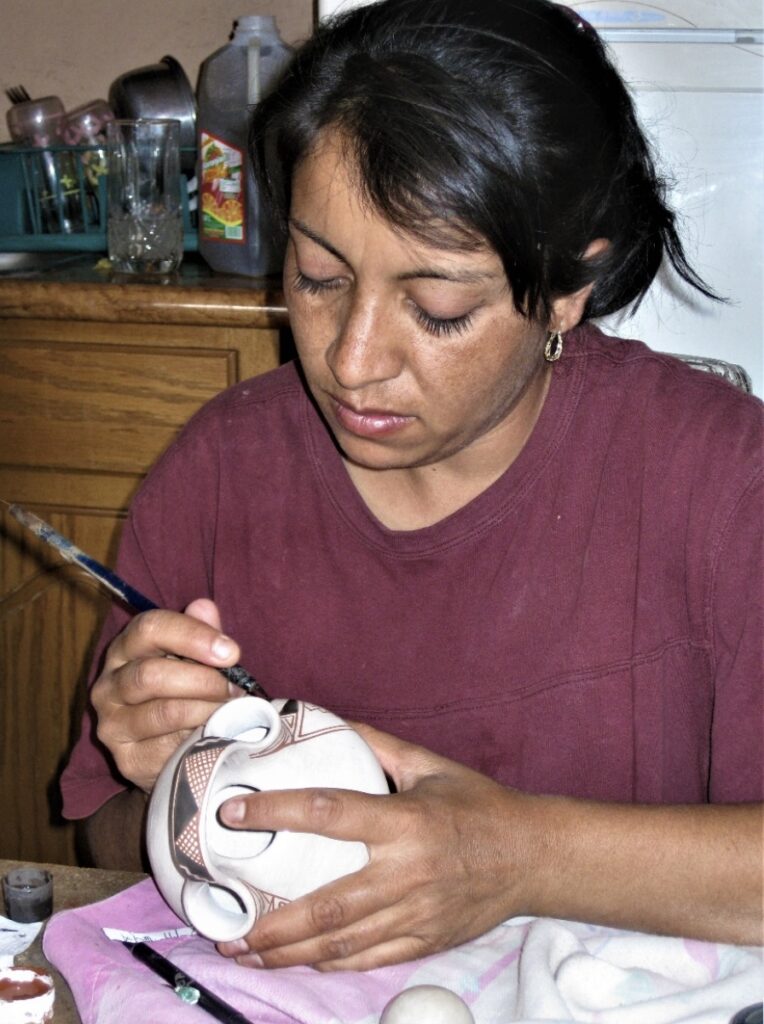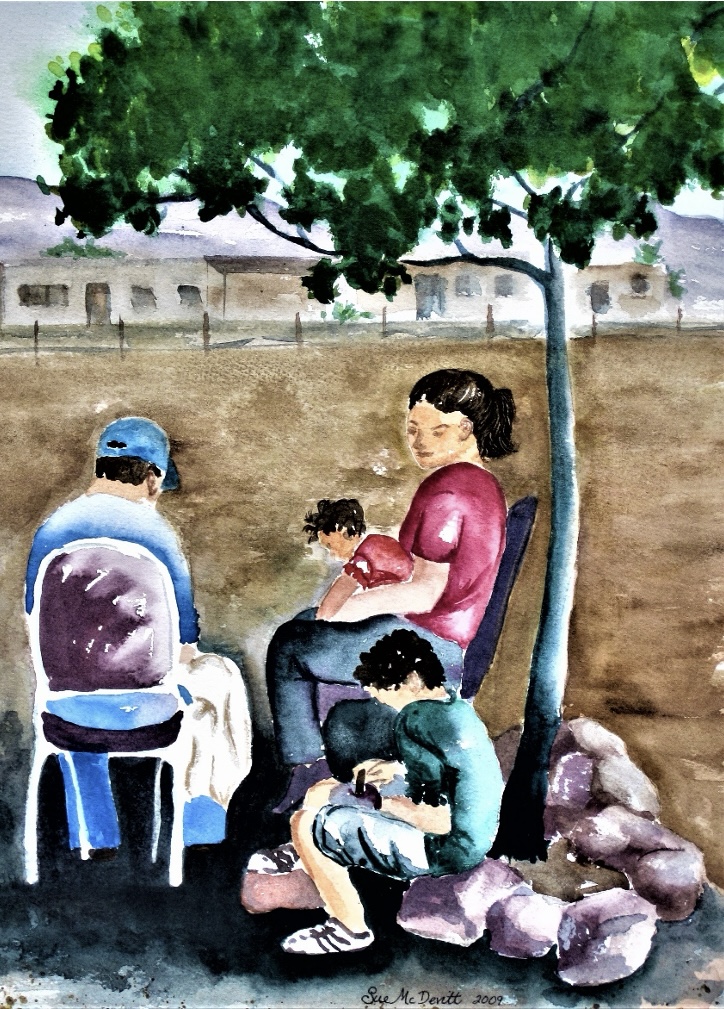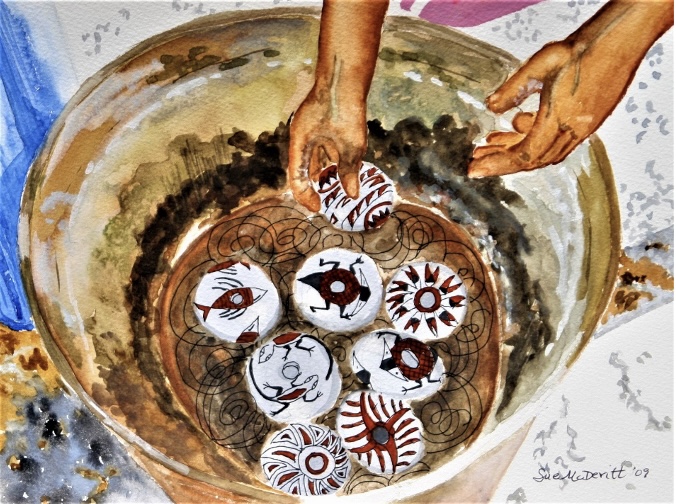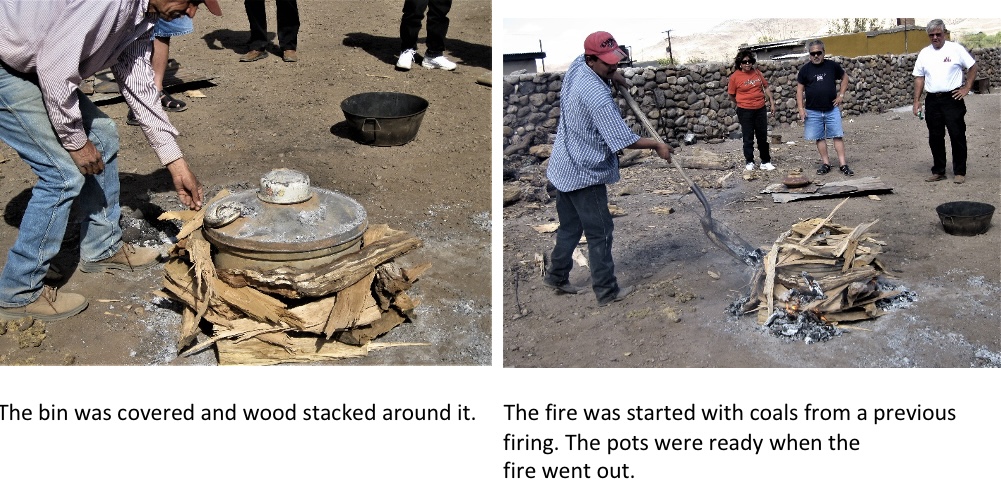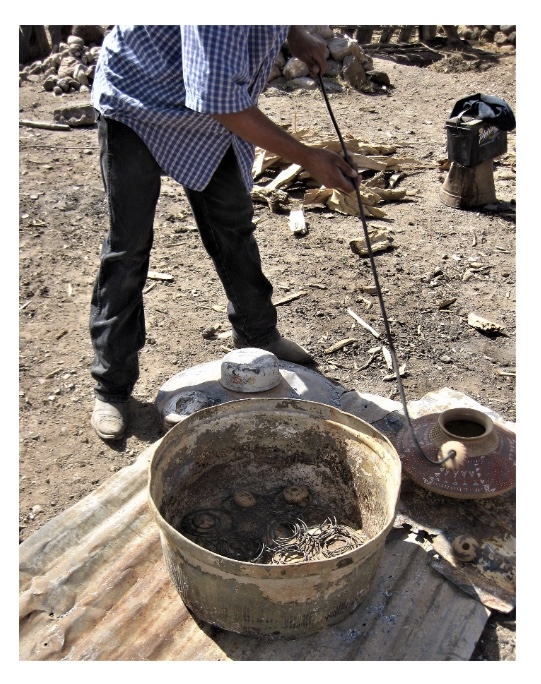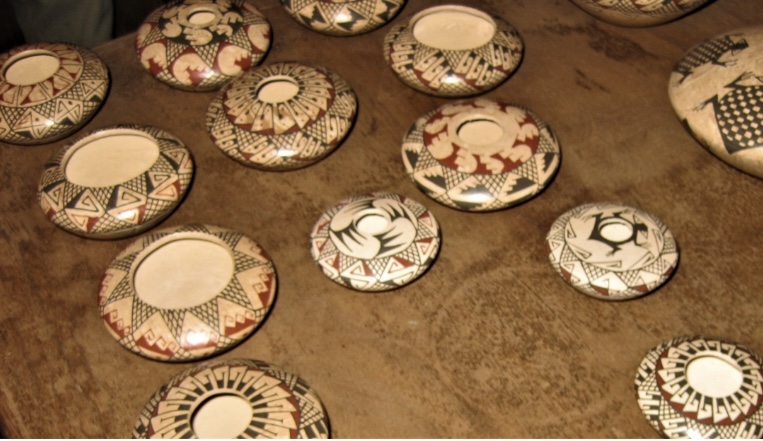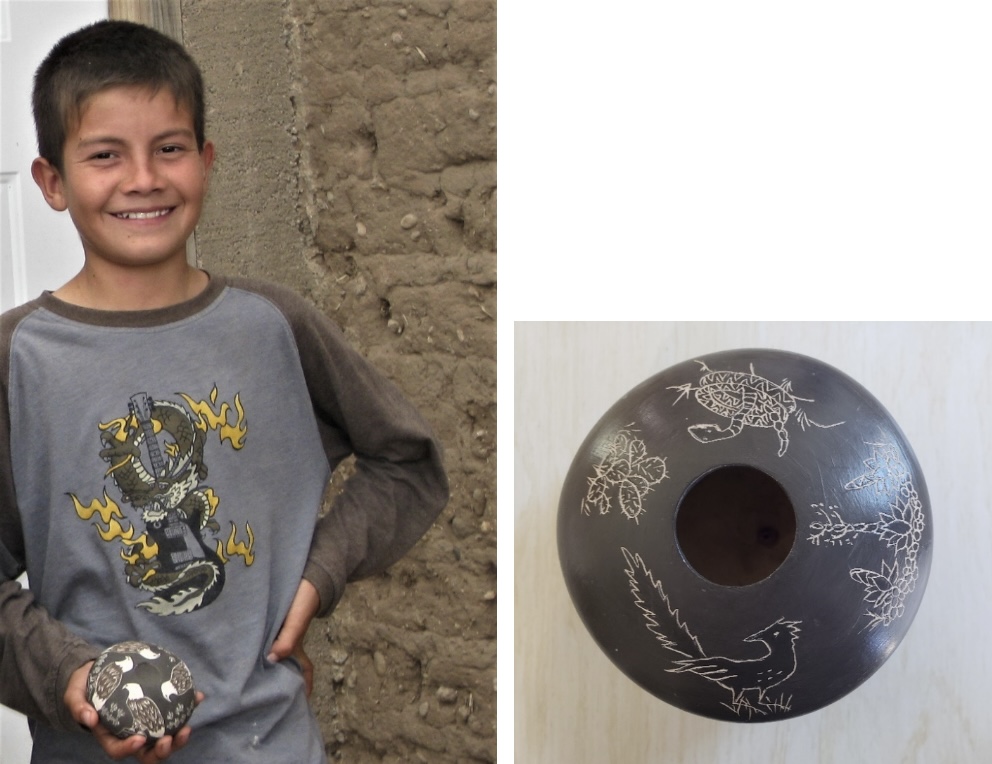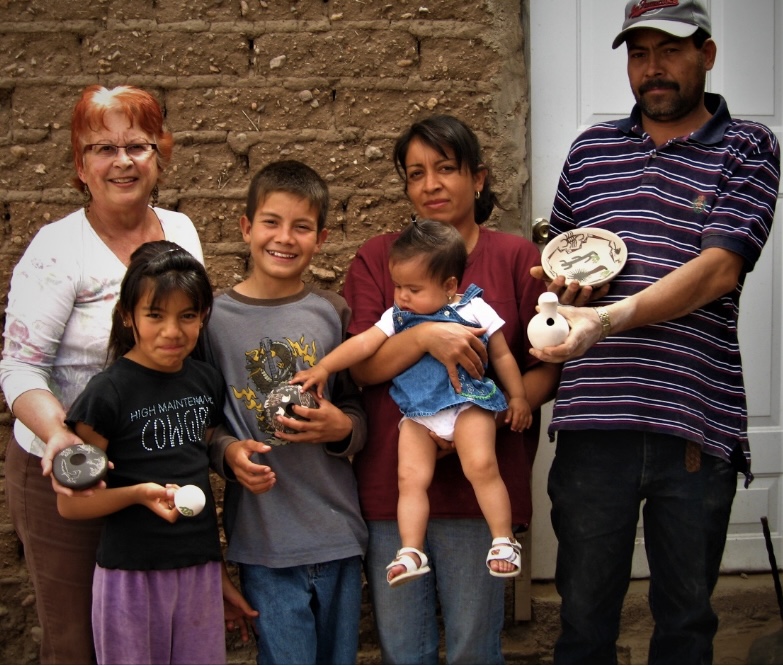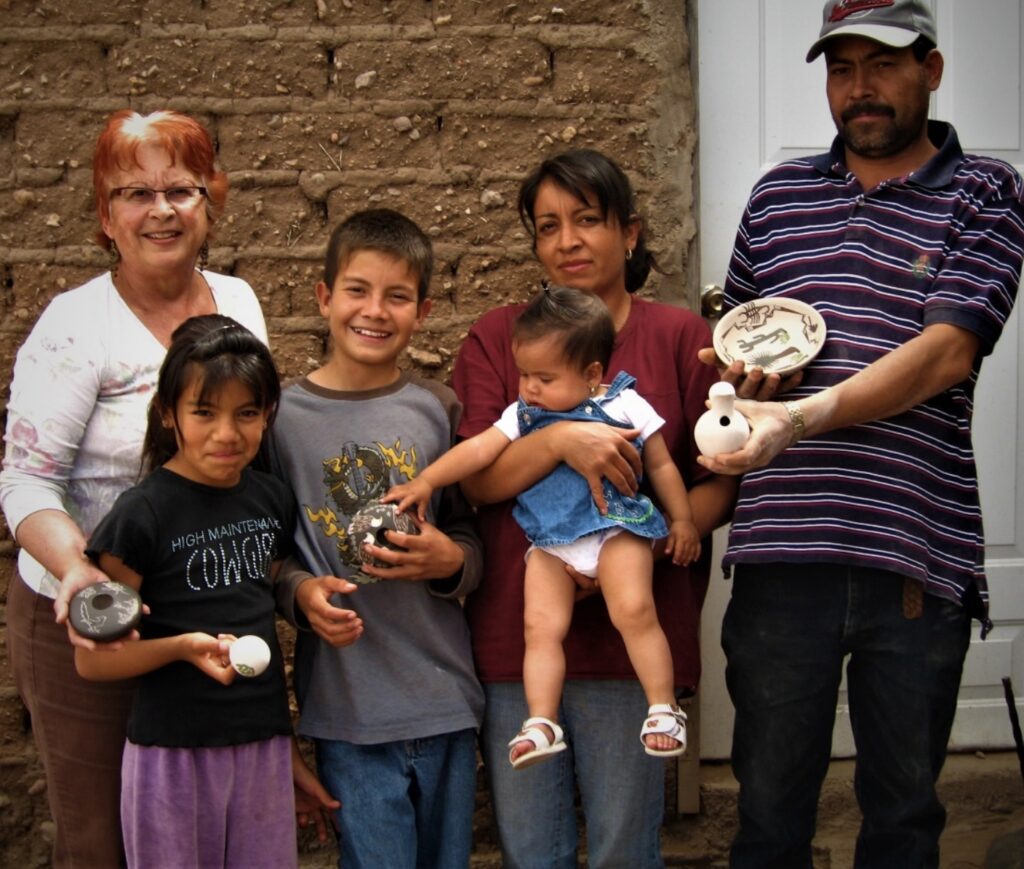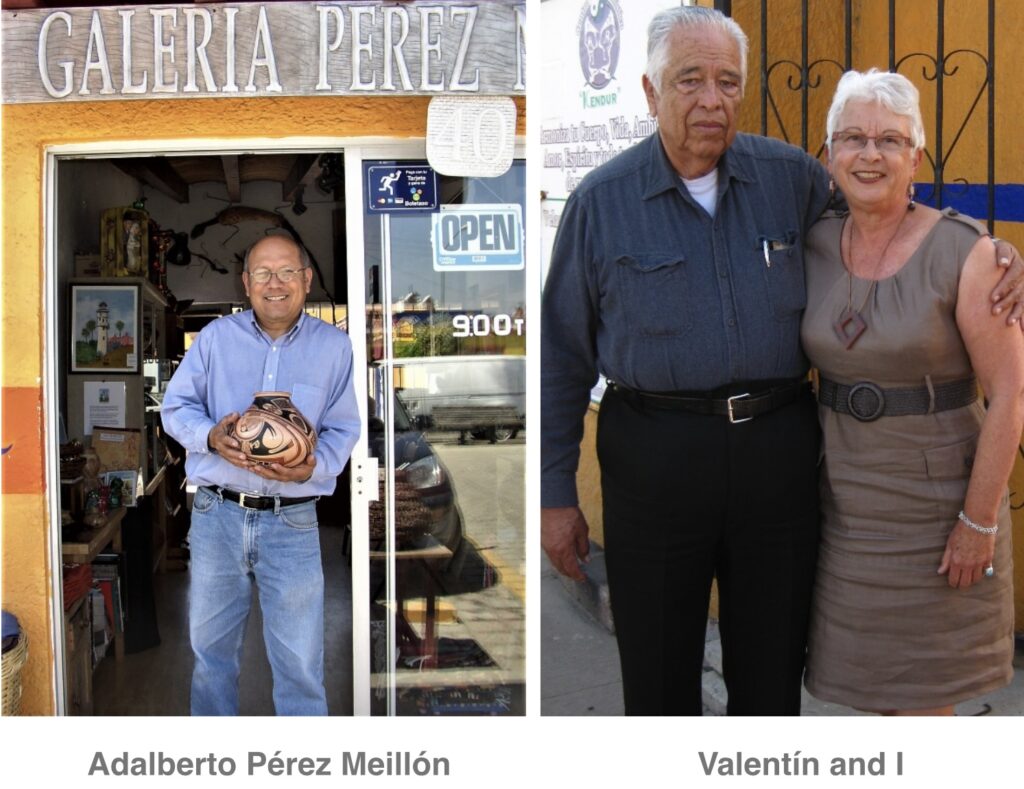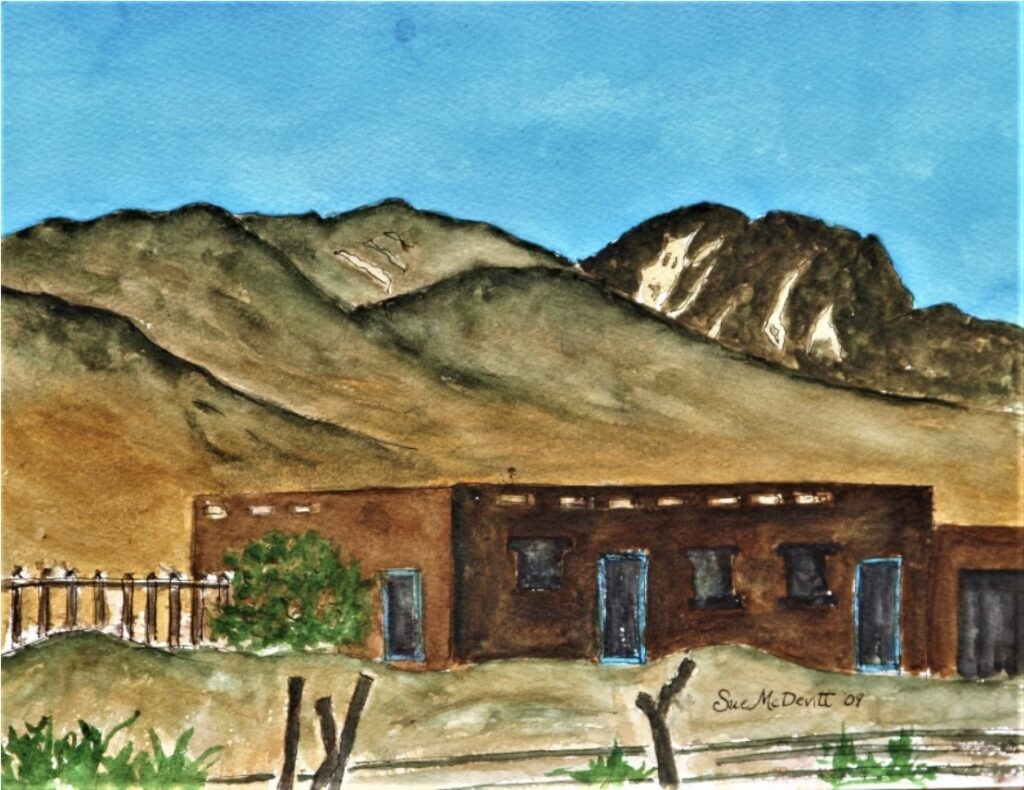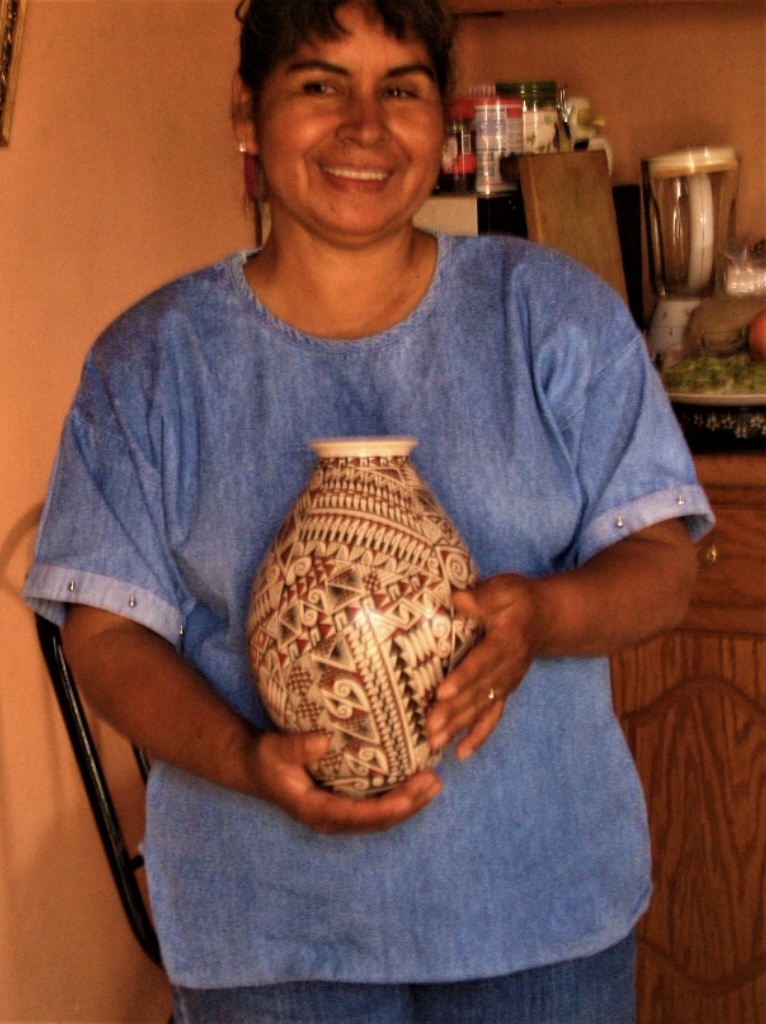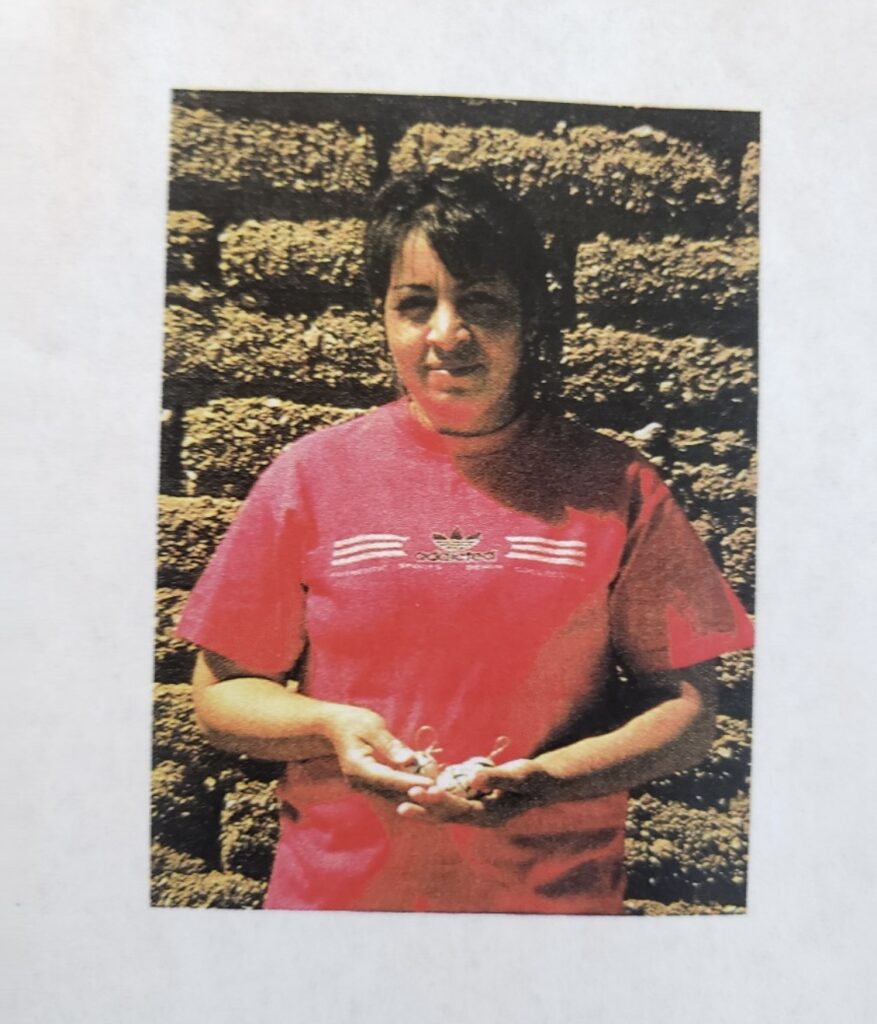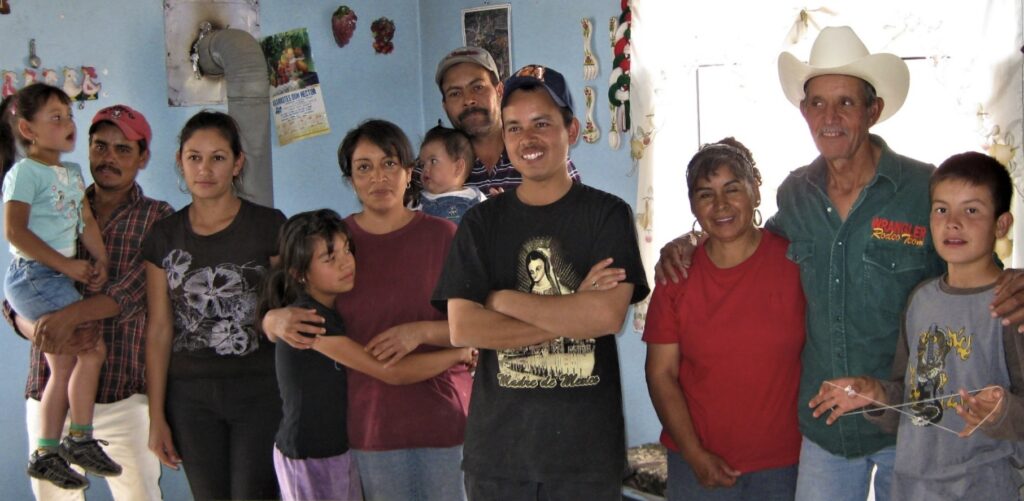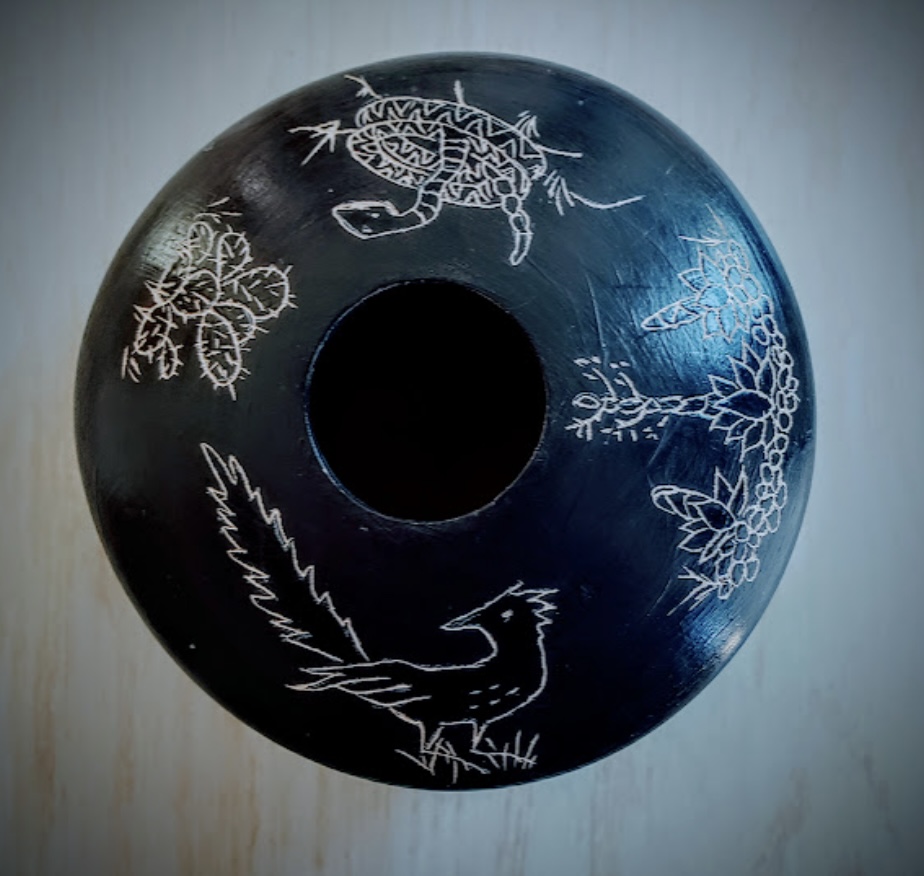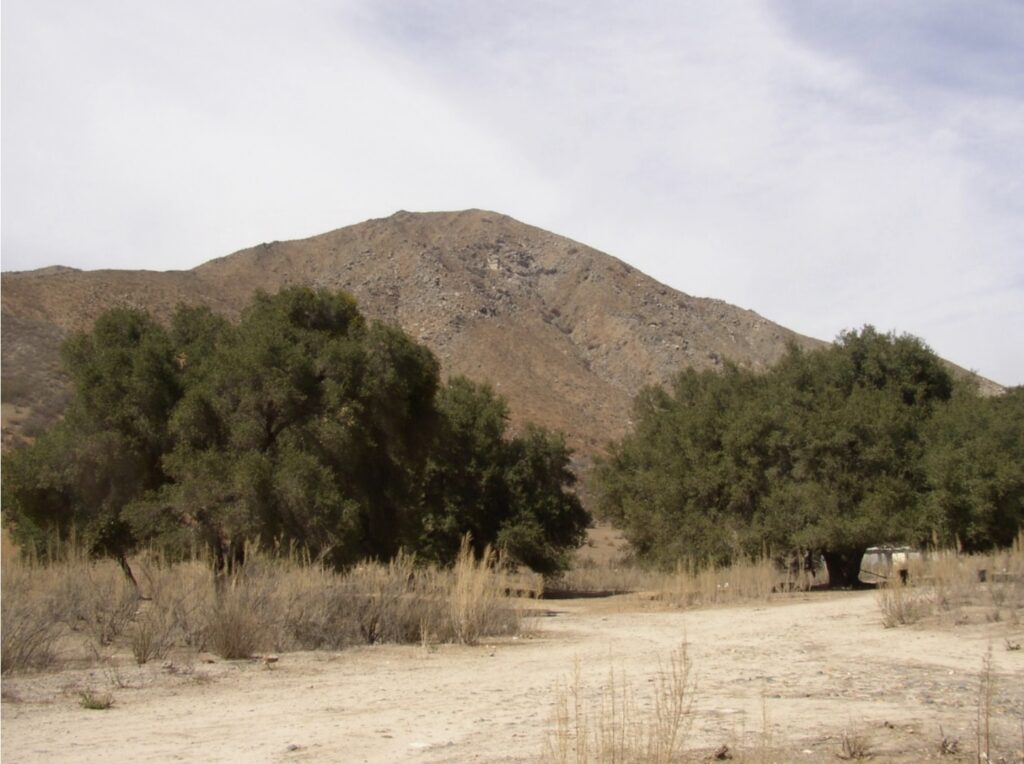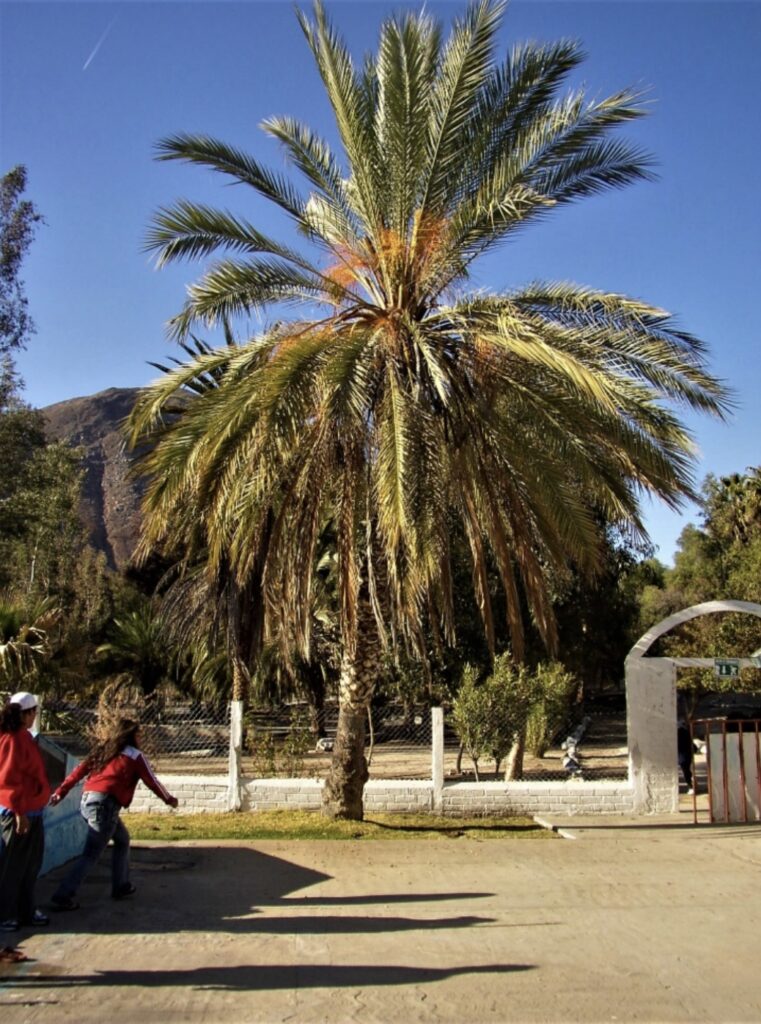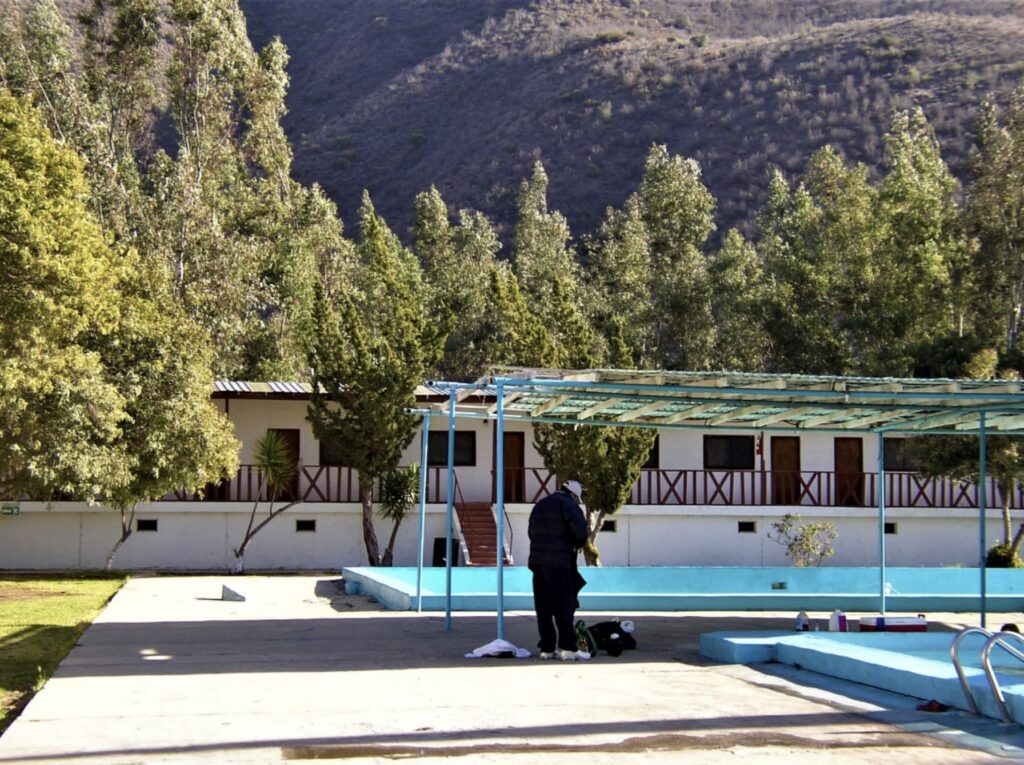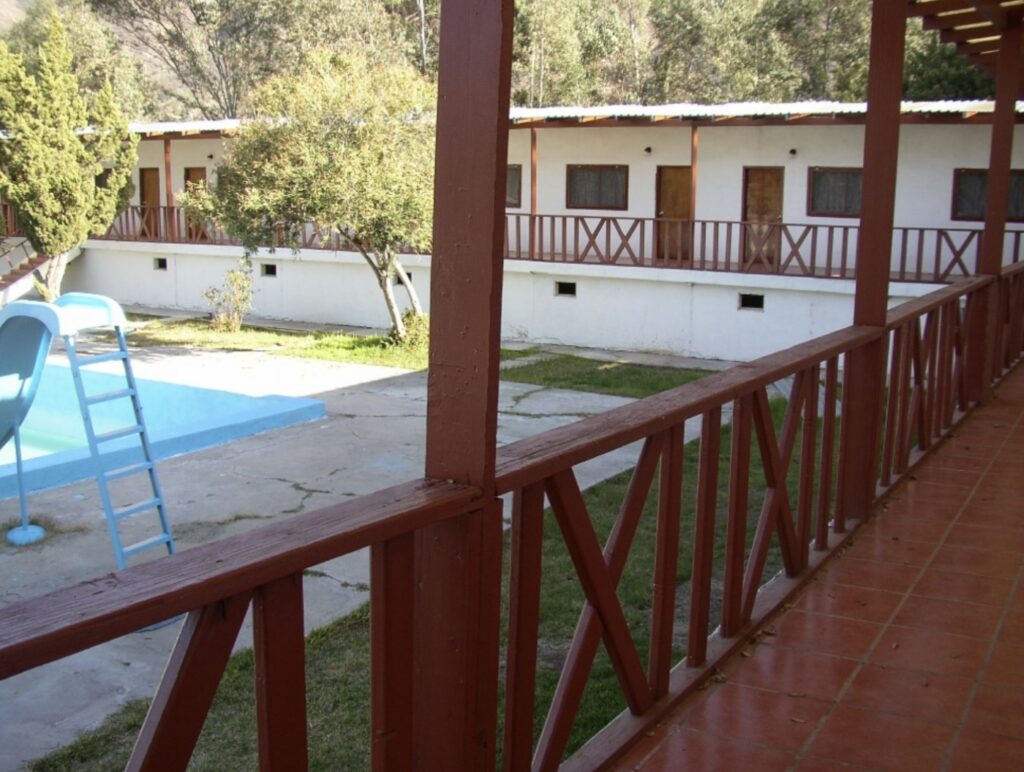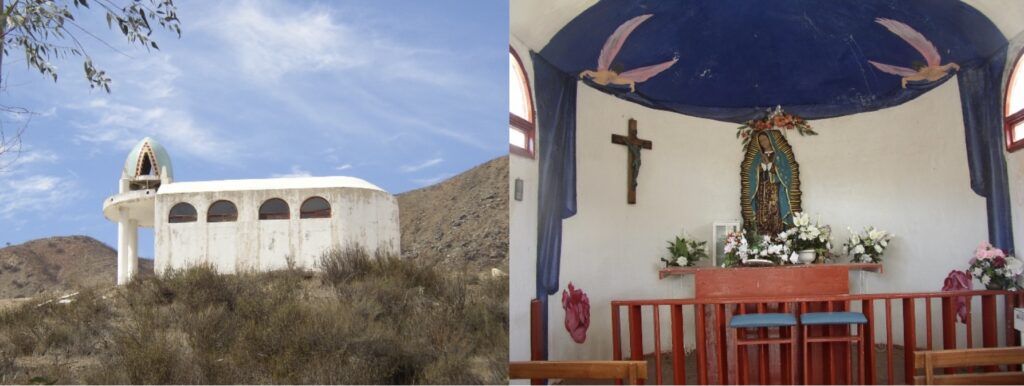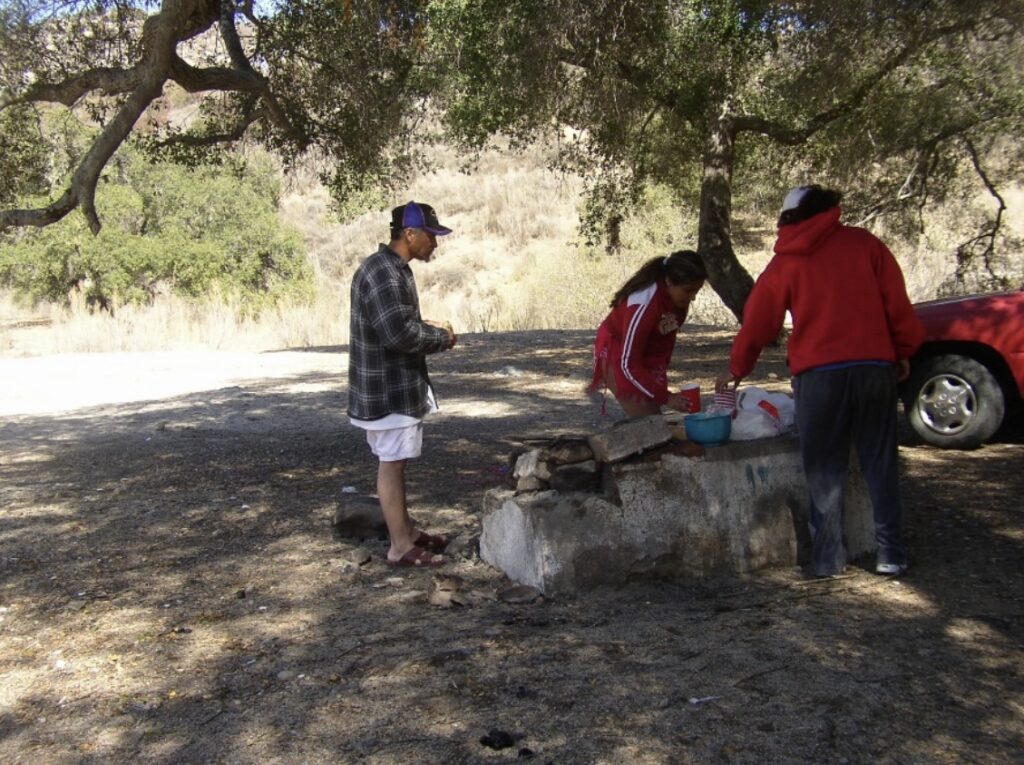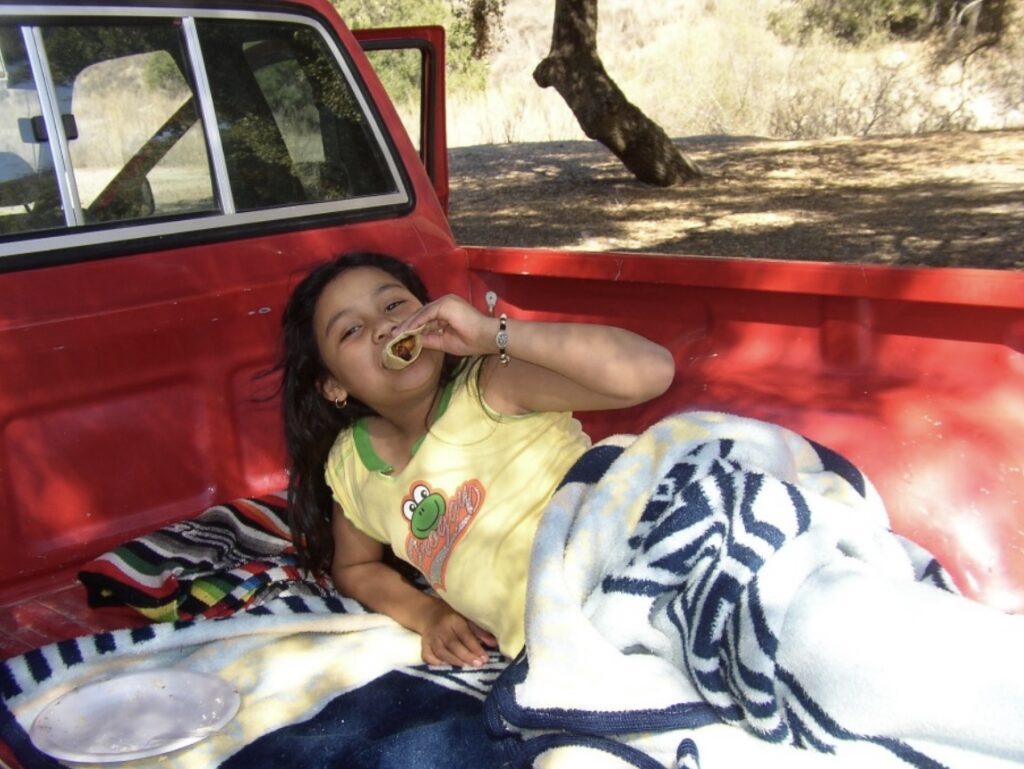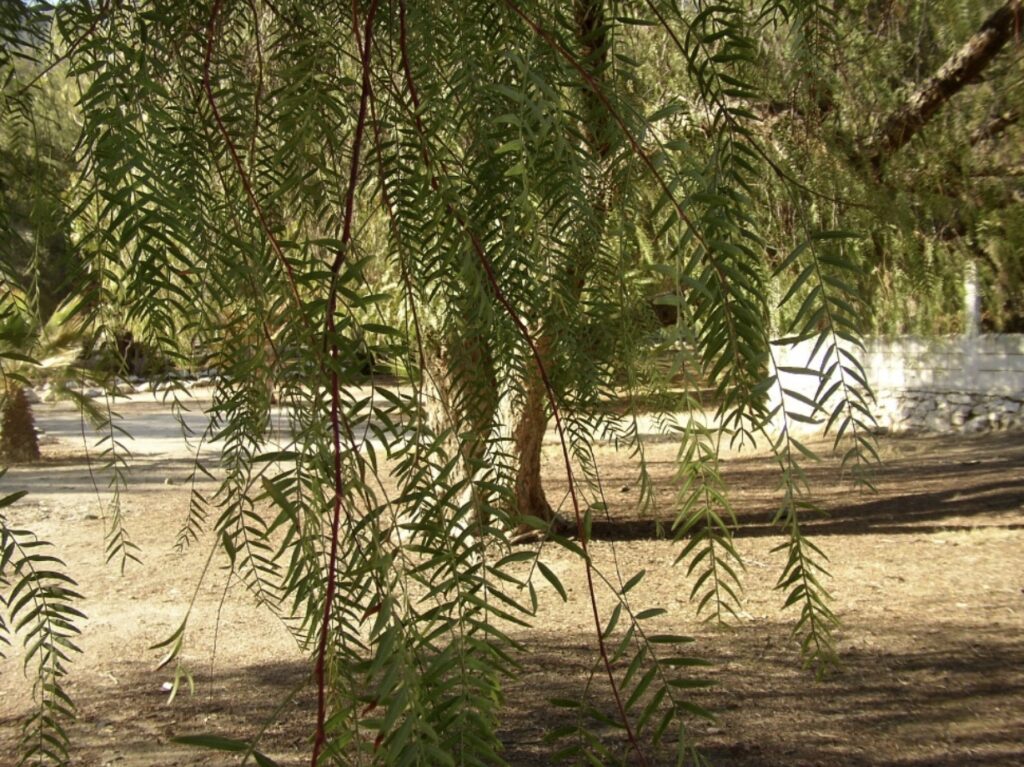In honor of Native American Heritage Month (November), I am focusing on the
ancient pottery-making process practiced in the Pa Ipai community of Santa
Catarina, Baja California.

Daria Mariscal, Pa Ipai master potter and teacher, in her home museum
In 2011, Daria invited me to bring friends to her home to learn pottery making
in the Pa Ipai tradition. I drove a group of excited students to Daria’s in Santa
Catarina, about 45 minutes east of Ensenada, Baja.
Daria welcomed everyone and led us to her demonstration area under the
shade of a live oak canopy next to a lean-to. We would learn a pottery
technique that began in prehistoric times and has the longest continuous
history in the Californias.
Daria gave us each a ball of clay that she had prepared. On the previous day she
dug raw lumps of earth from a local pit, pulverized them, added cactus juice,
and kneaded several batches. I was impressed with the intensity of the effort
required just to fabricate workable clay. It was nothing like what I was used to
– a simple trip to the art store. Would I have the patience to start from scratch
– with the earth itself? I doubted it.

Daria instructed us to form a tortilla with half of the clay we were each given. We used
our hands to work our tortillas around a circular ball. We each smoothed the bottom of
our pots using a polished stone with a little water.

Several bases ready for molding into pots

Daria shows us how to release the bottom of our pots from the molds.

We form our pots with wettened hands, attaching rolled out coils (“cigars”) while
pinching and smoothing to add height.

Daria shows us how to shape our pots and form a lip at the top, smoothing the surface
with the polished stone and water.

A teenager gets better results than I do.

Daria forms a pitcher while instructing us.

Our pots are ready to dry prior to the firing process.

The firing will take place in a few days in a pit like this, using dried yucca stalks for
firewood. I will return to retrieve our finished pots.

Daria’s pitcher with graceful lines next to my crude pot (my first attempt being a little
disappointing – but, heh, I did it). Black markings are called “fire clouds” and result
spontaneously in places where the pot touches hot coals during the firing process.







